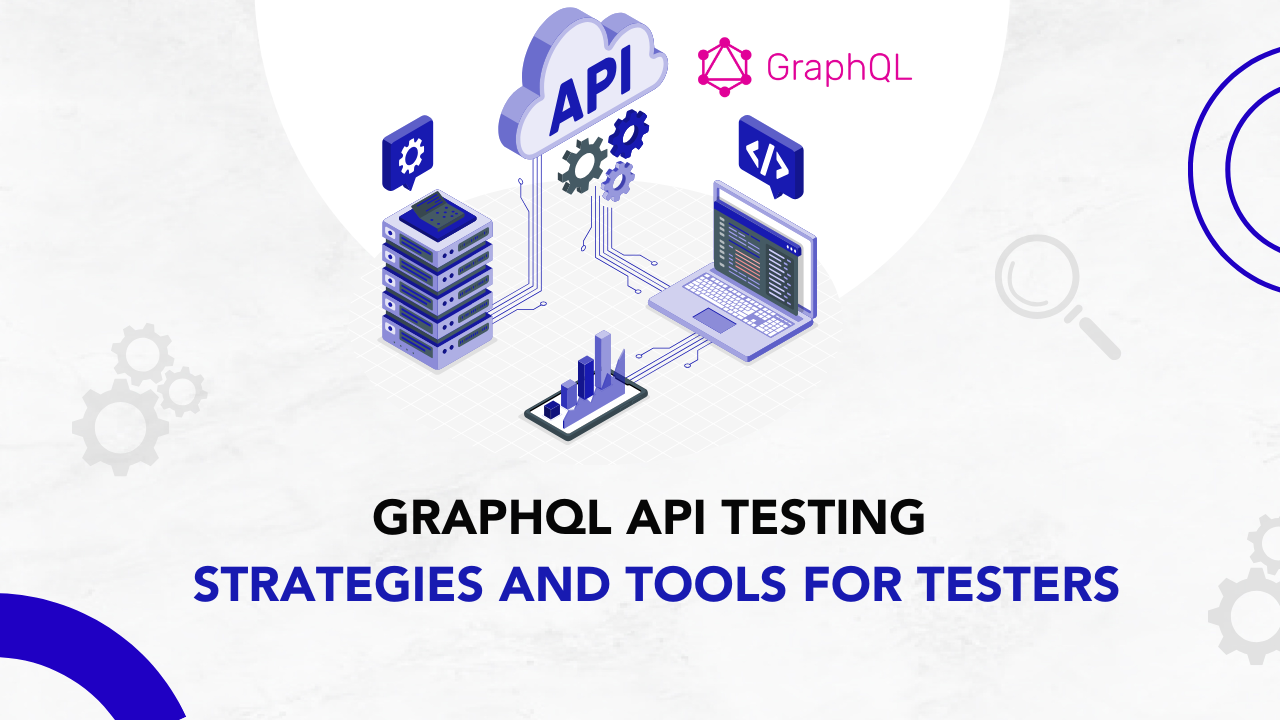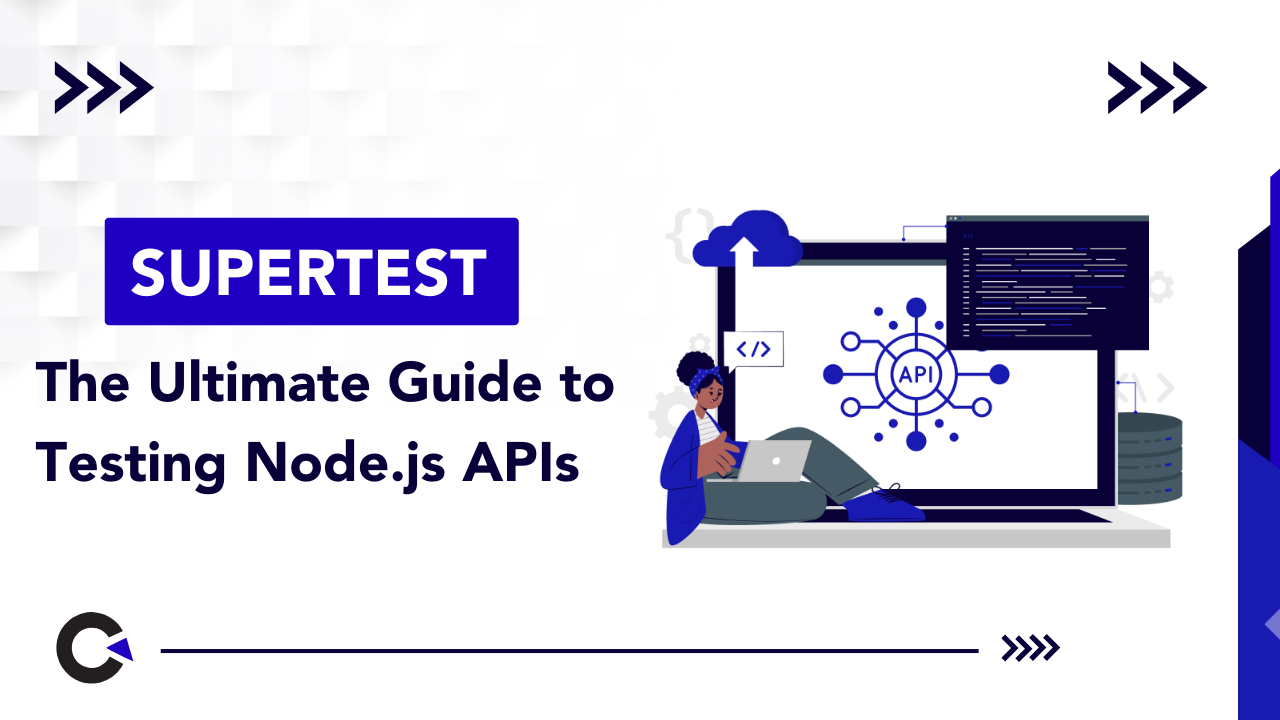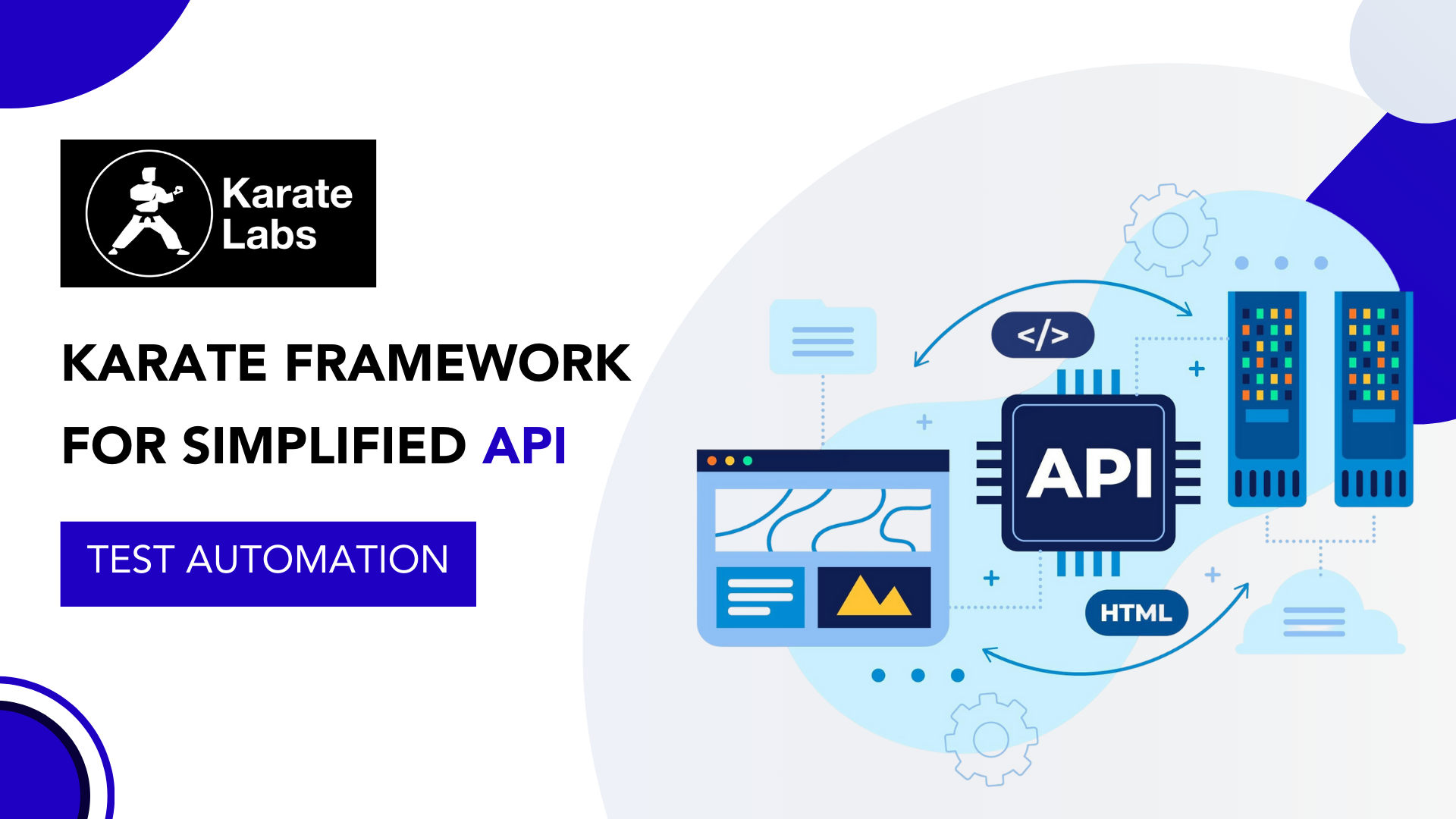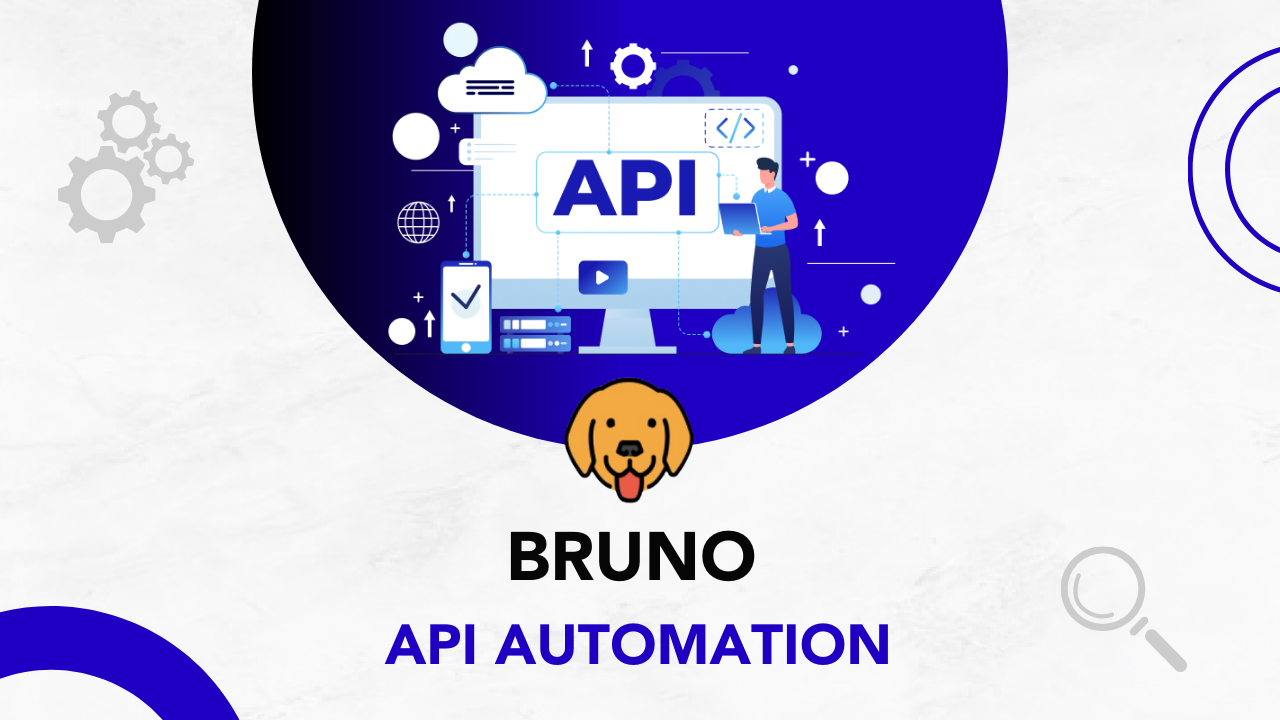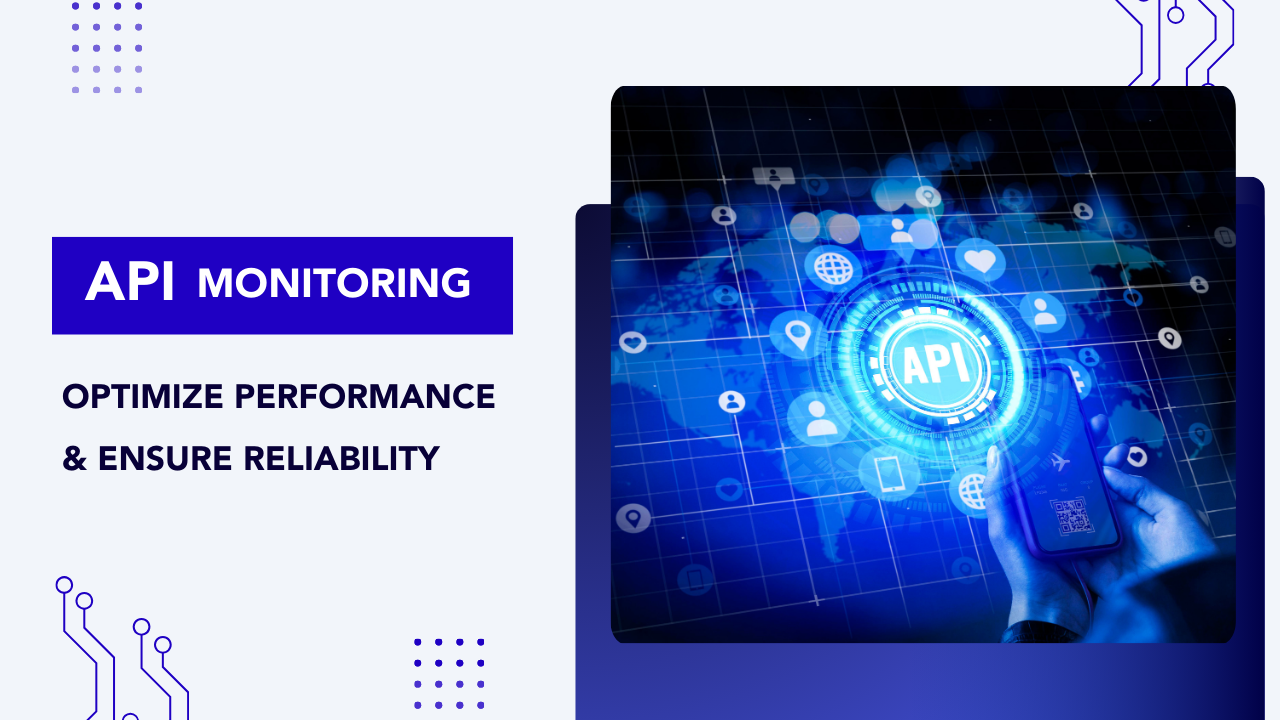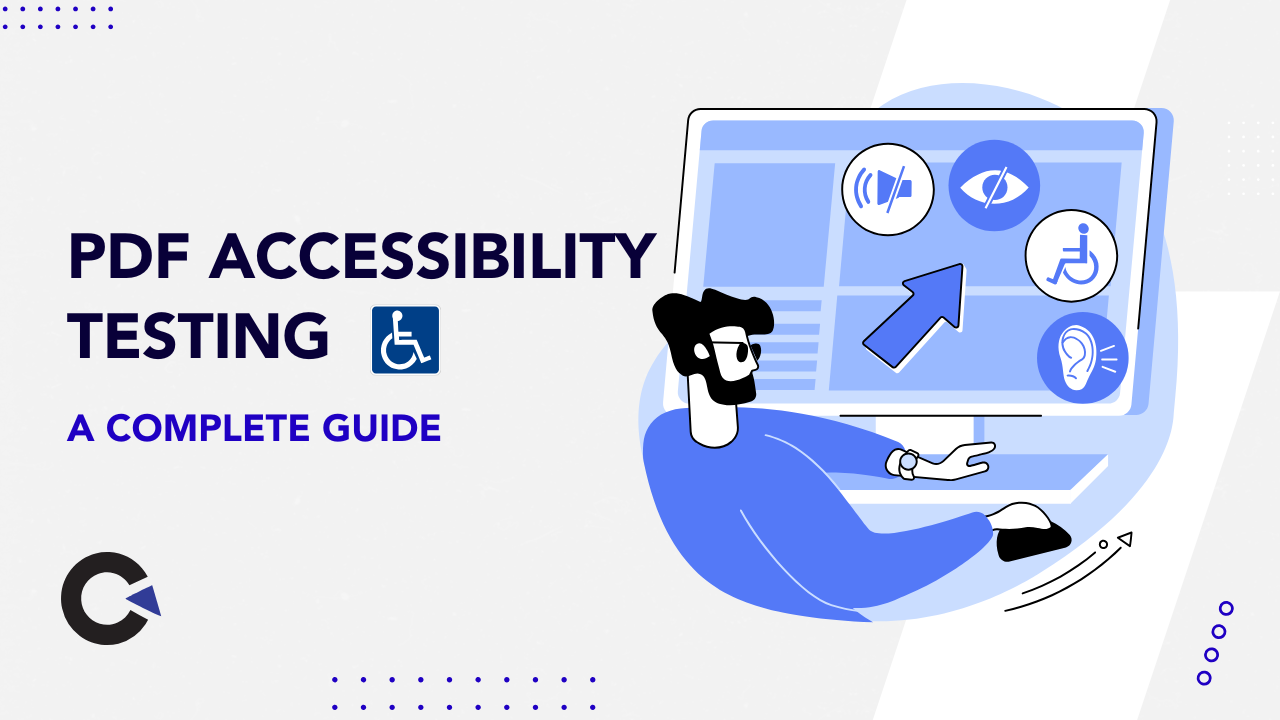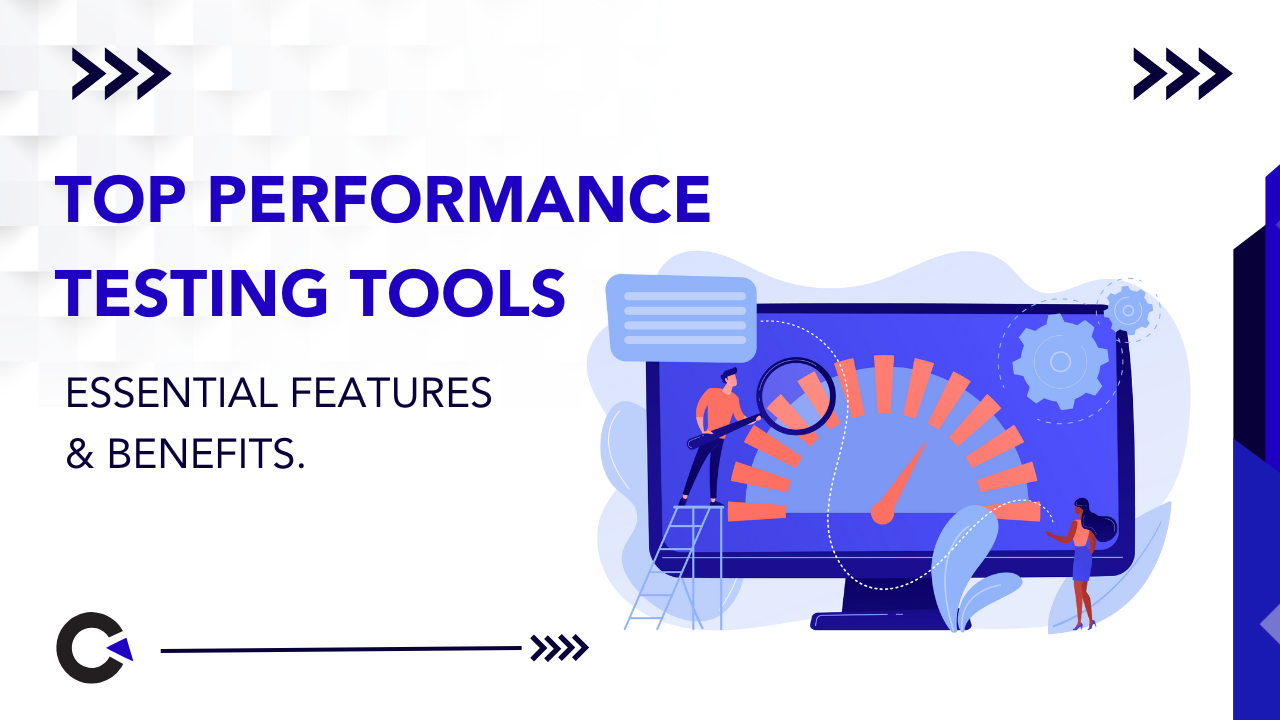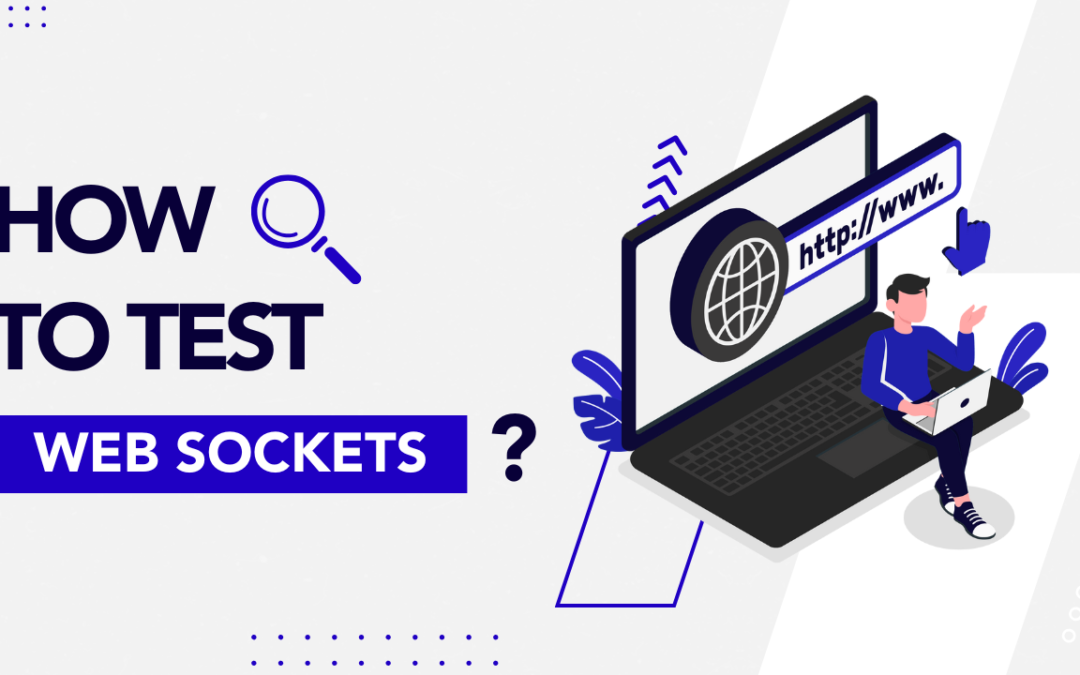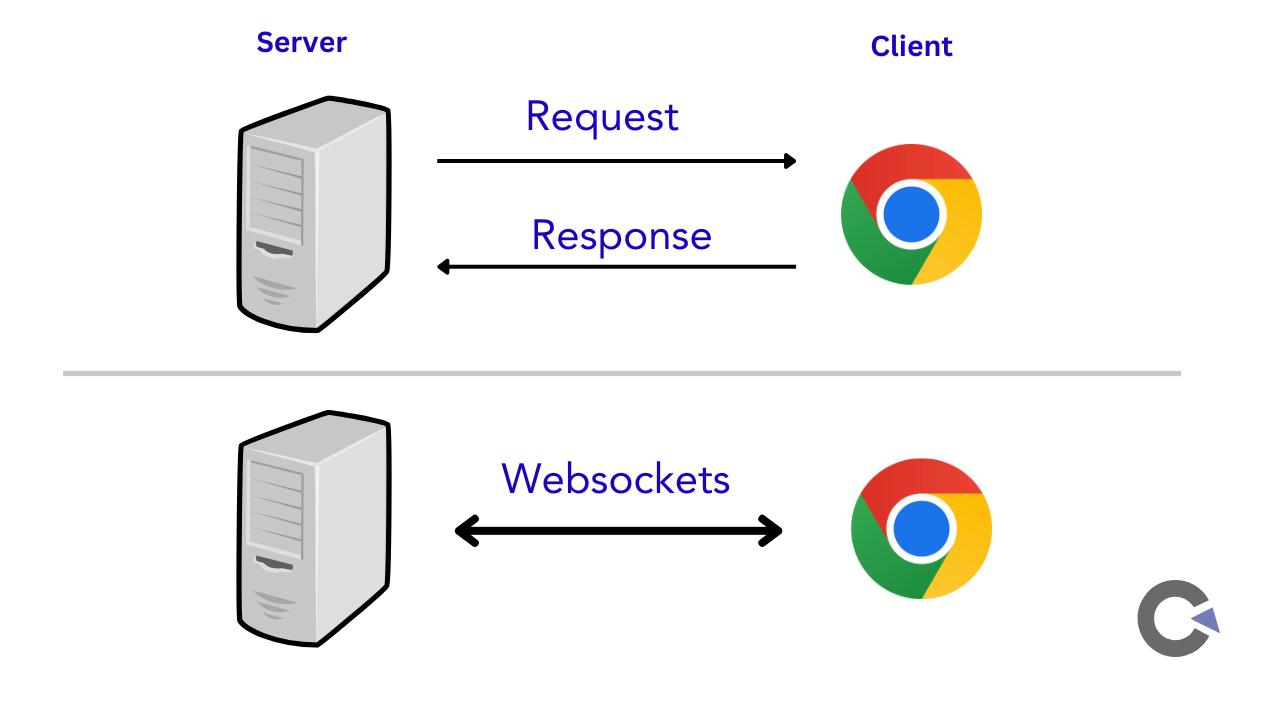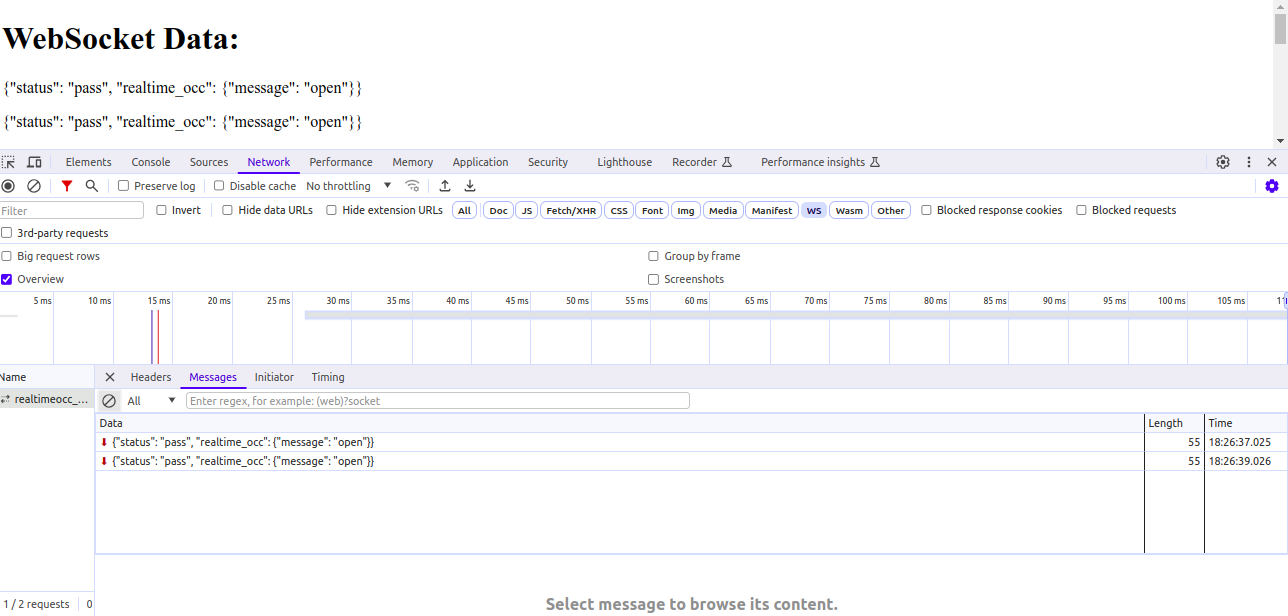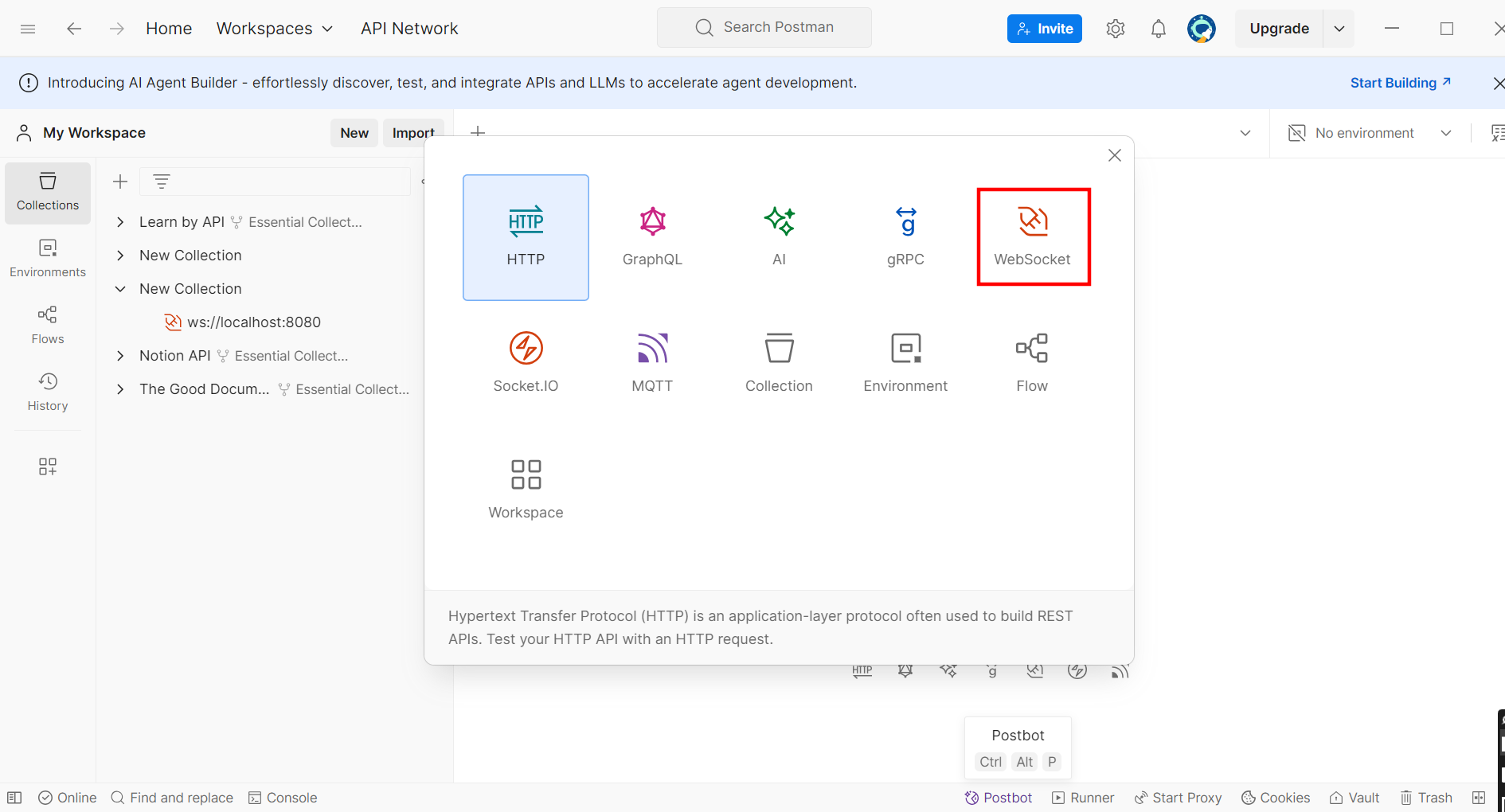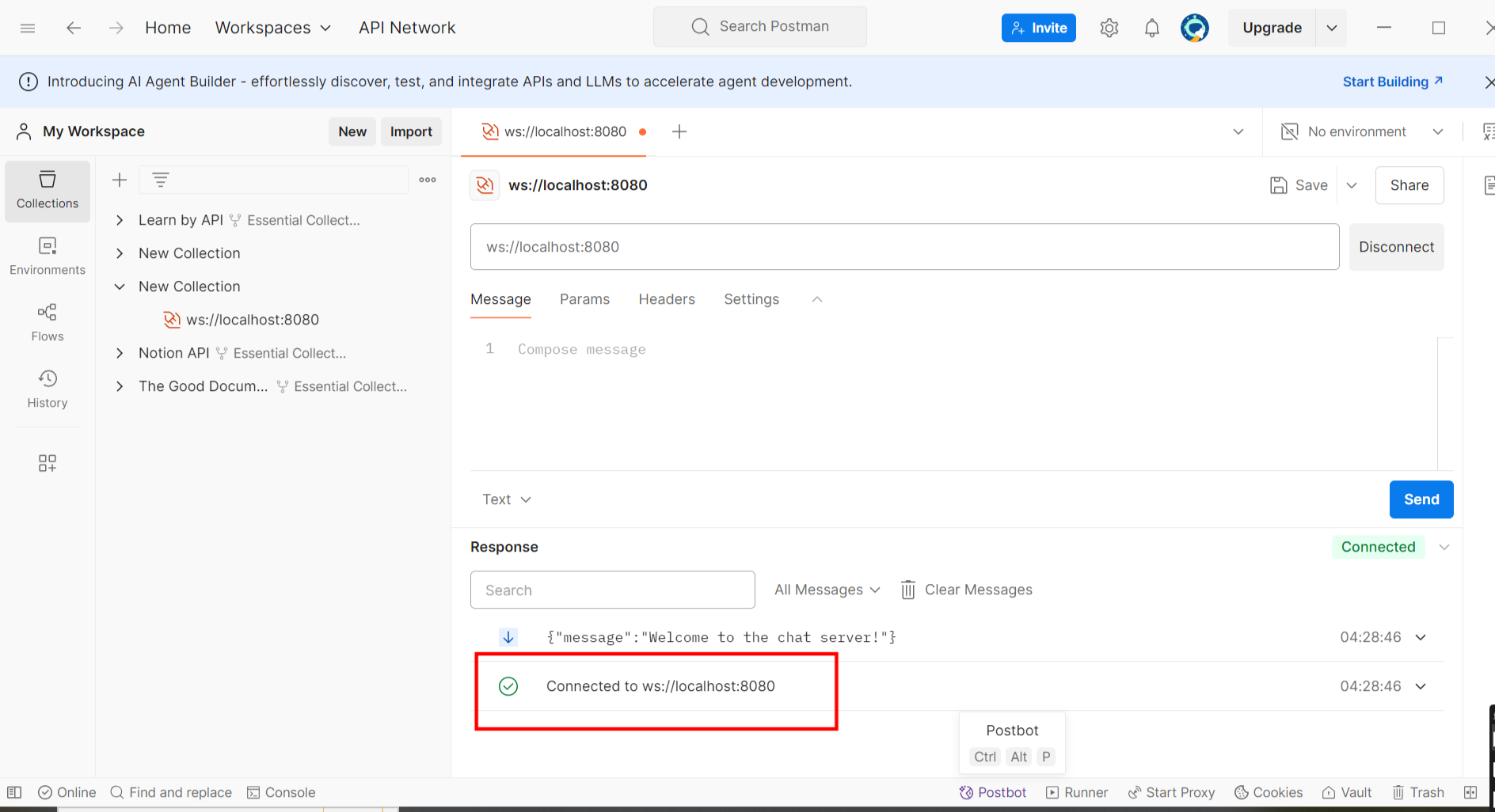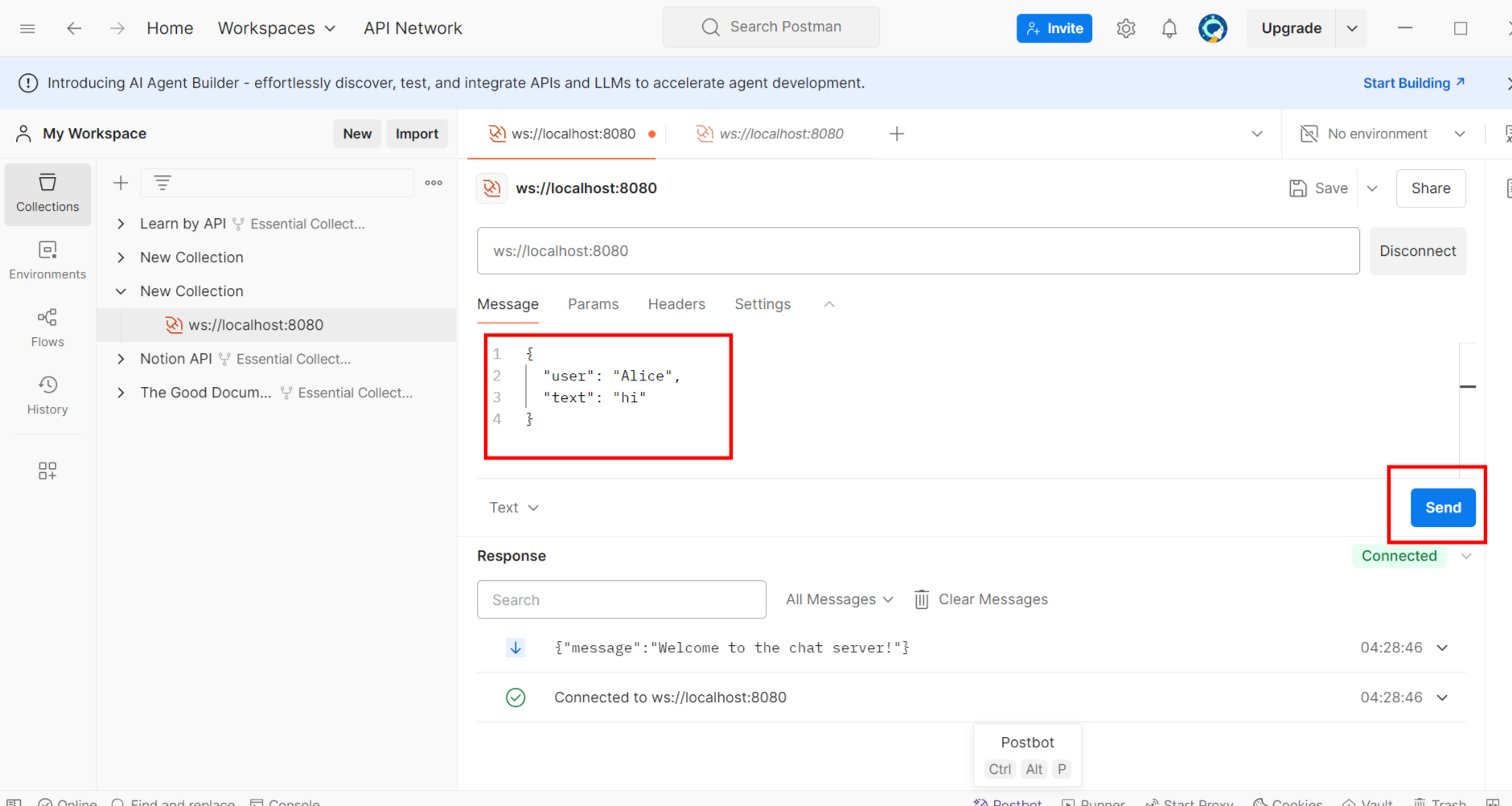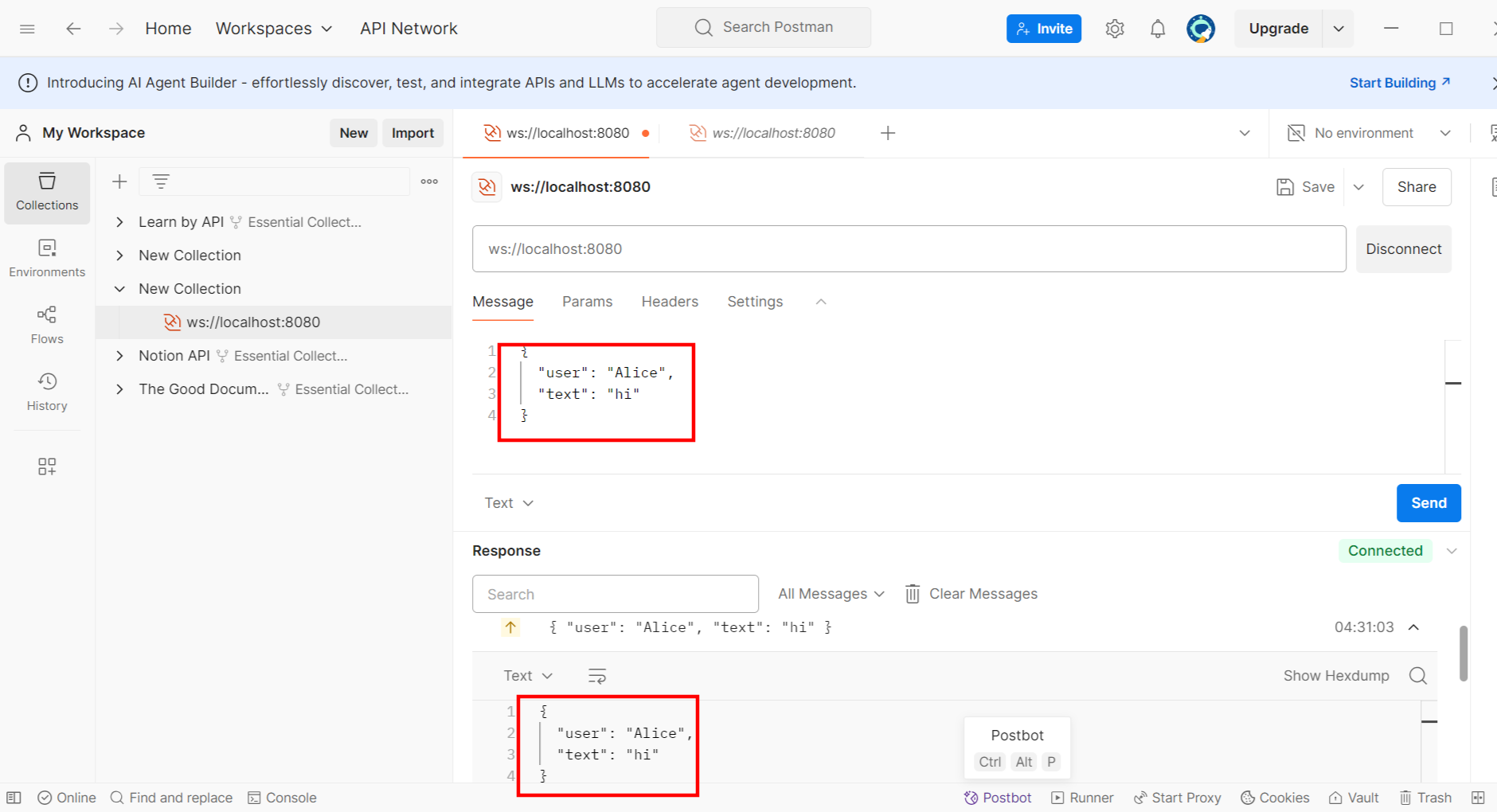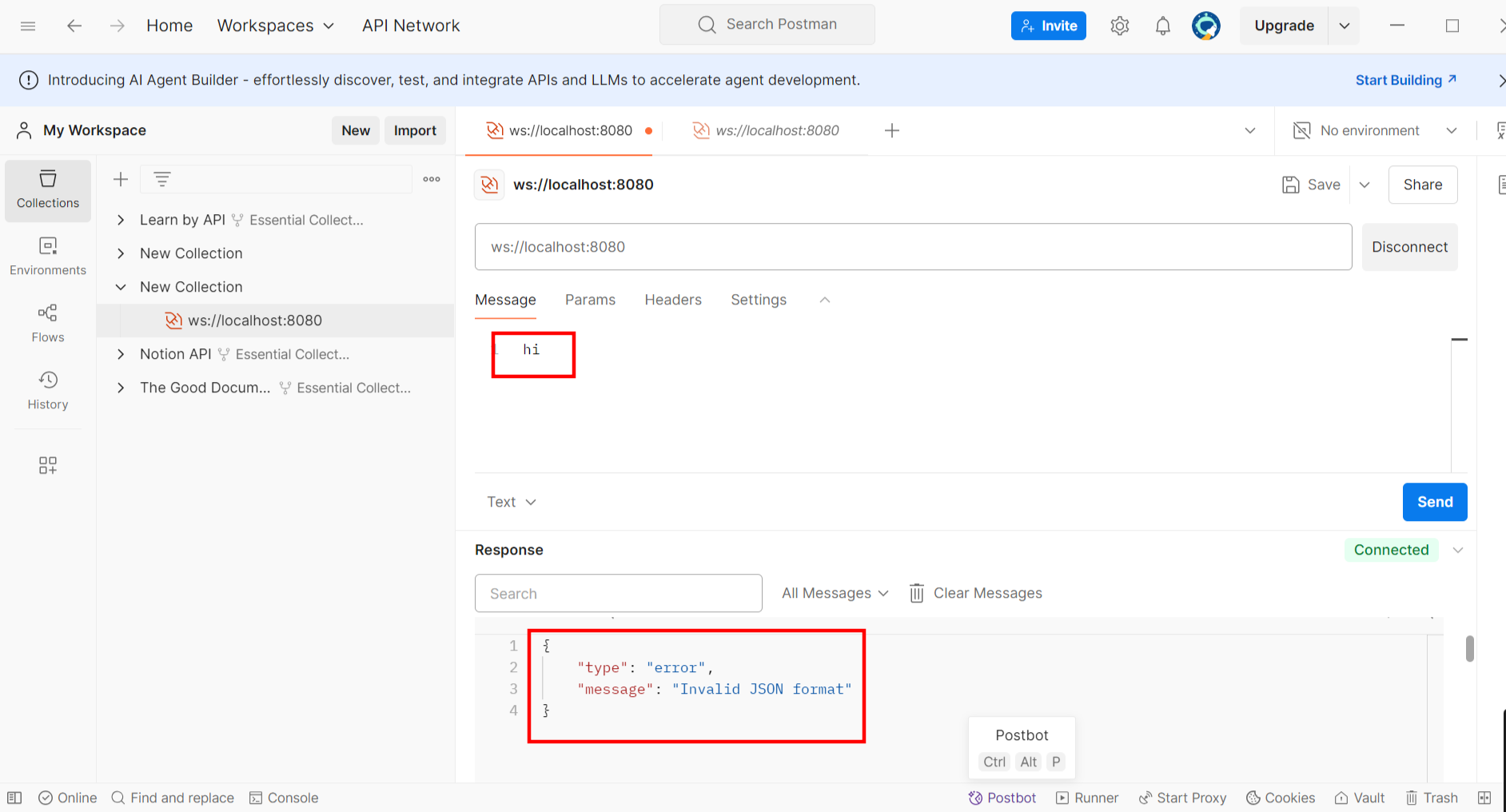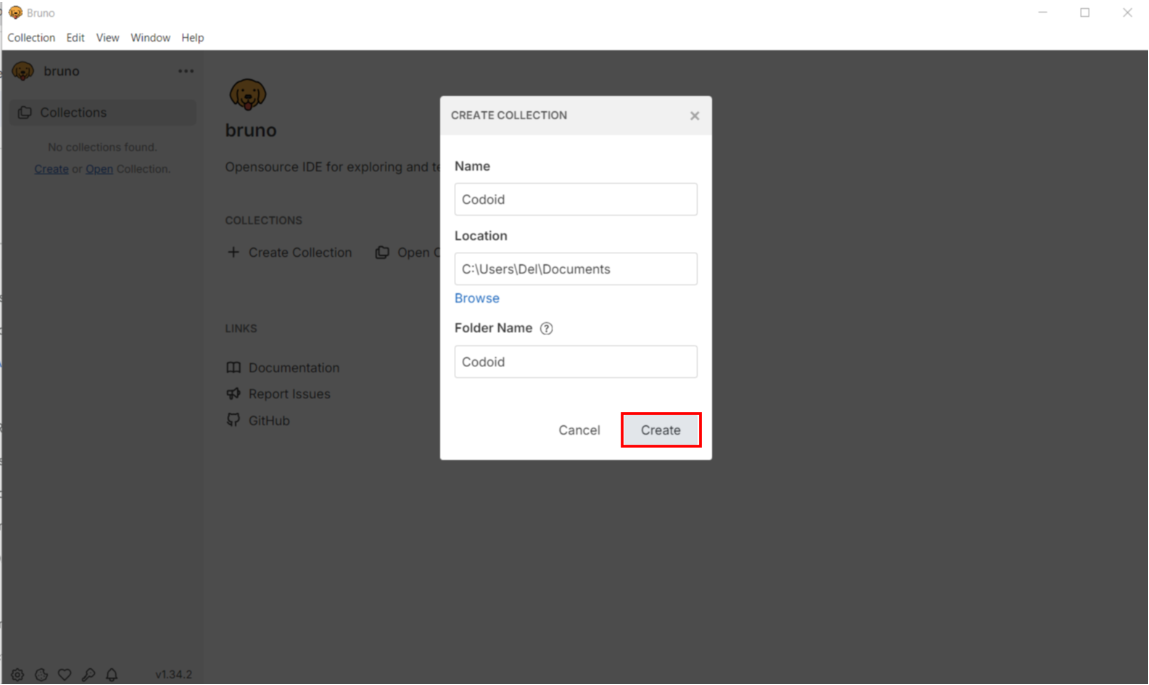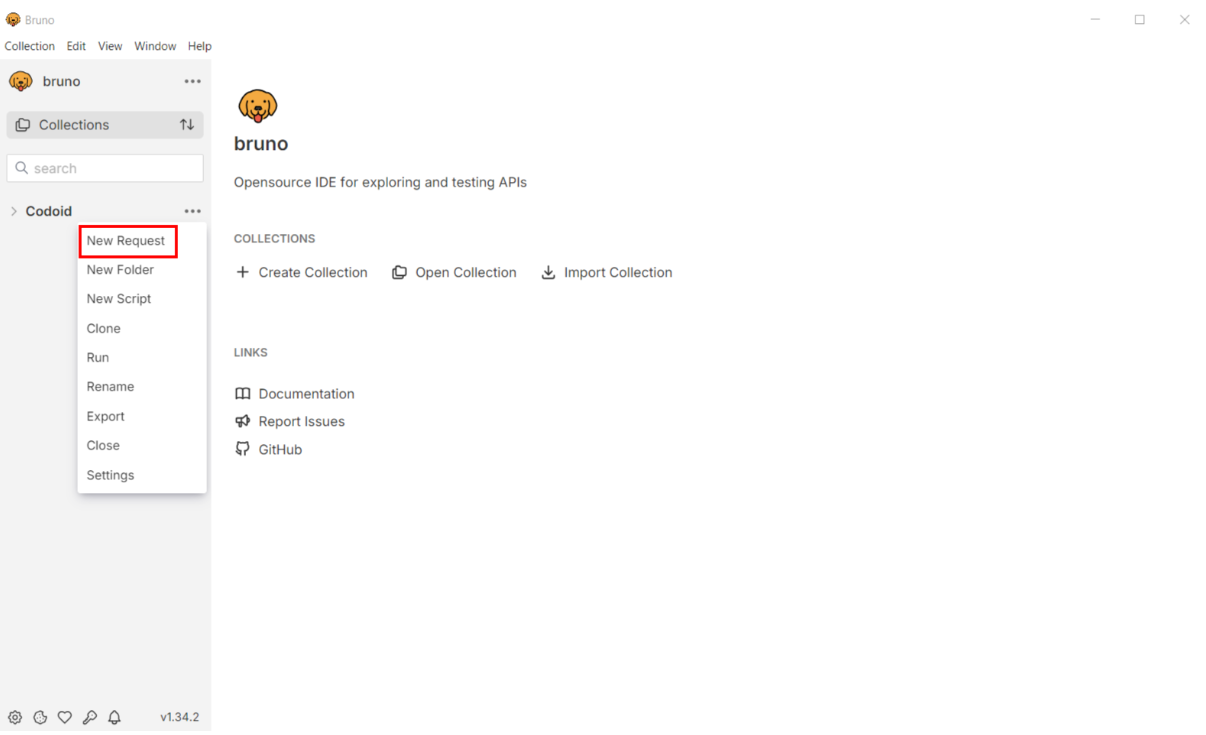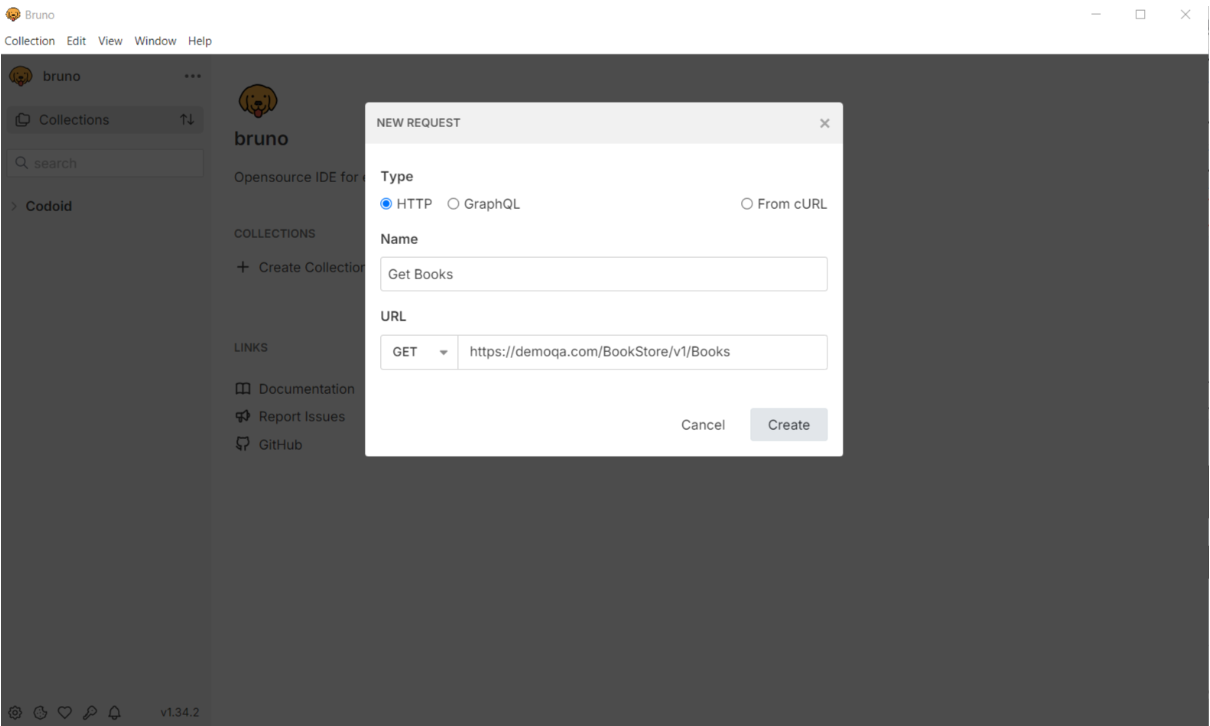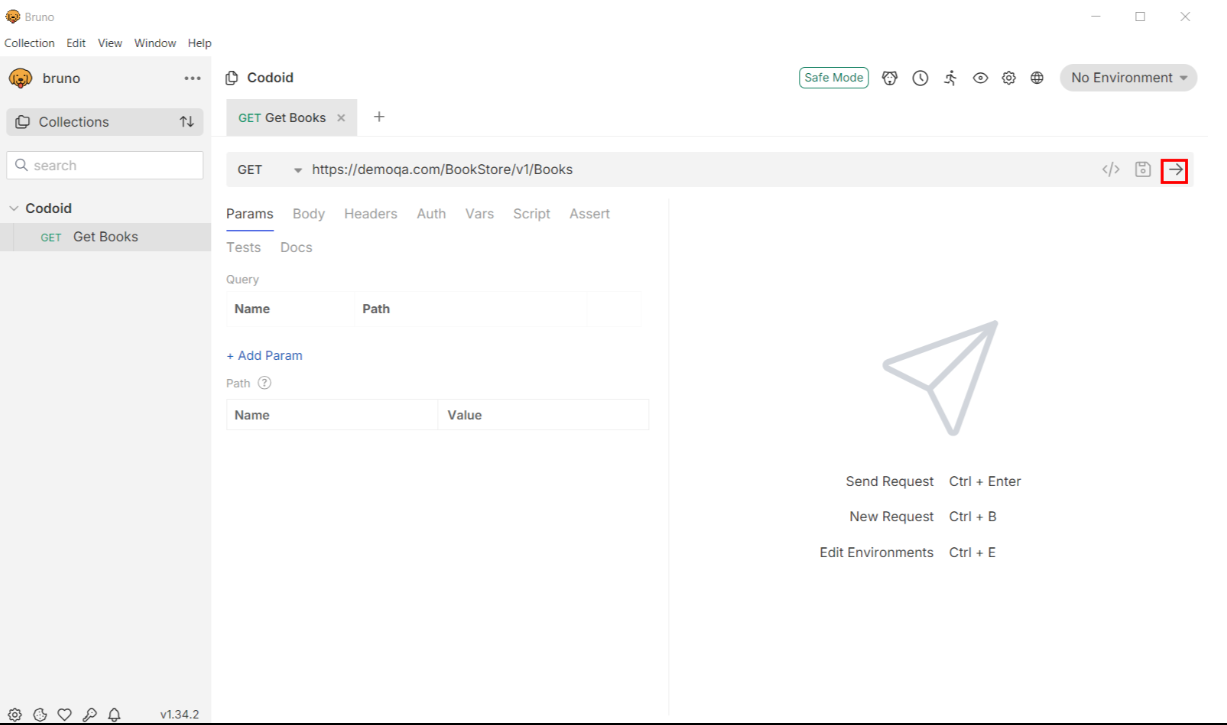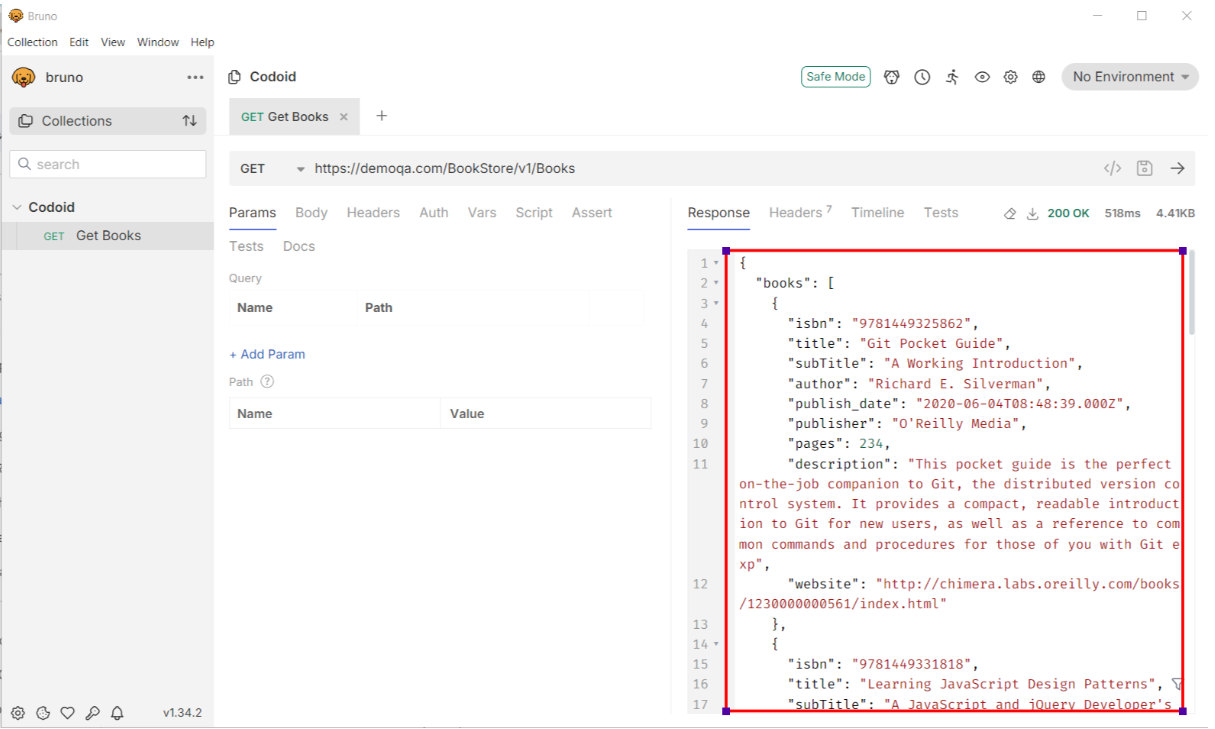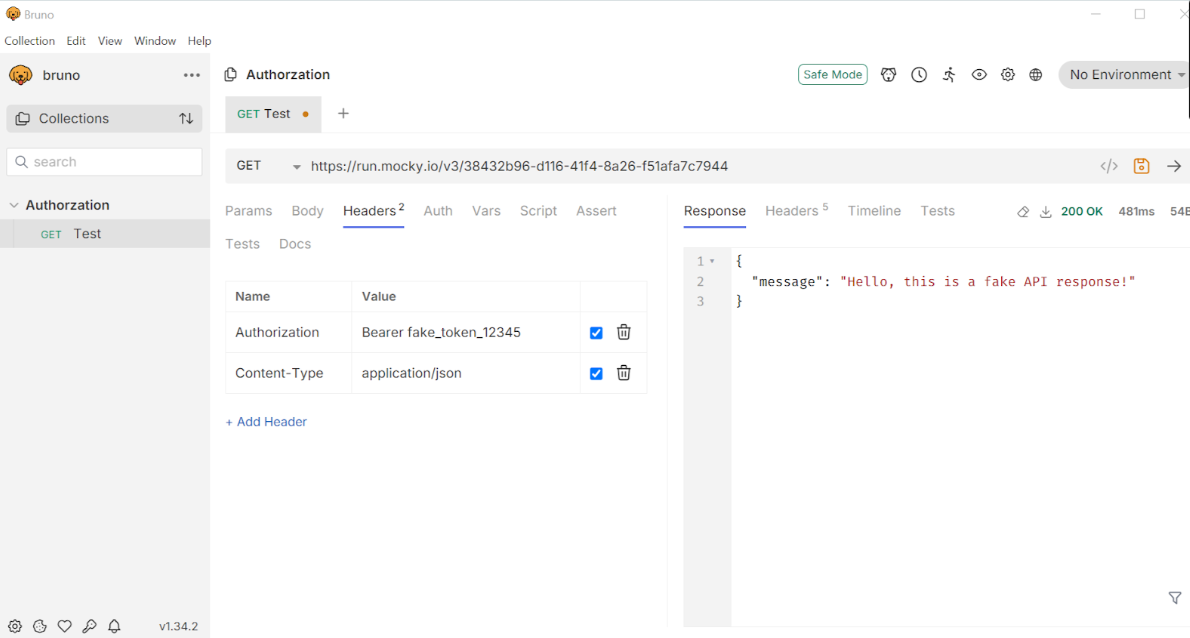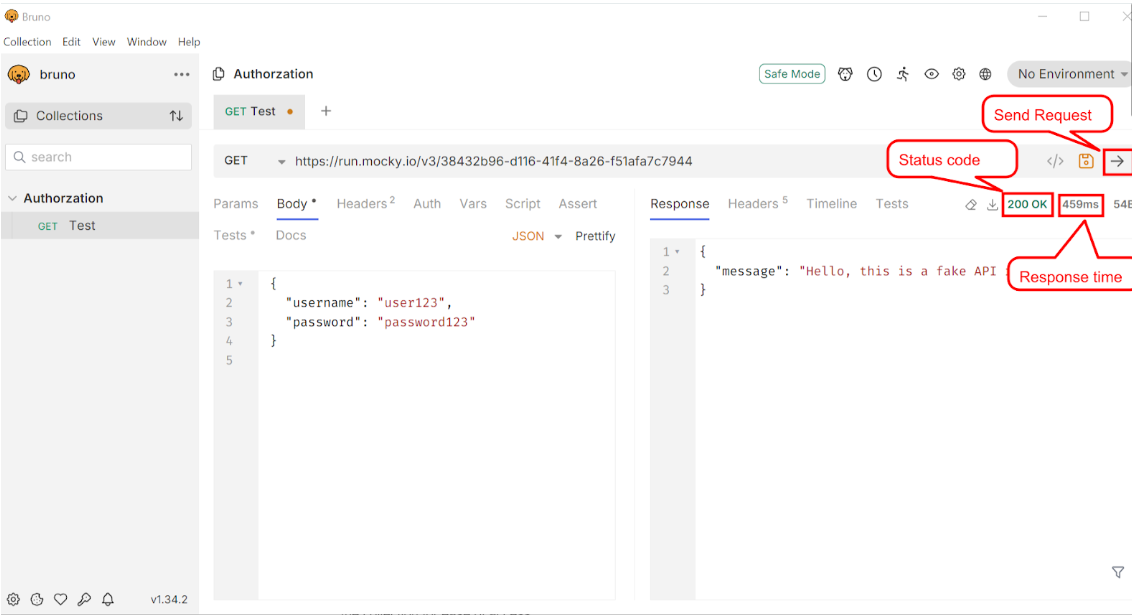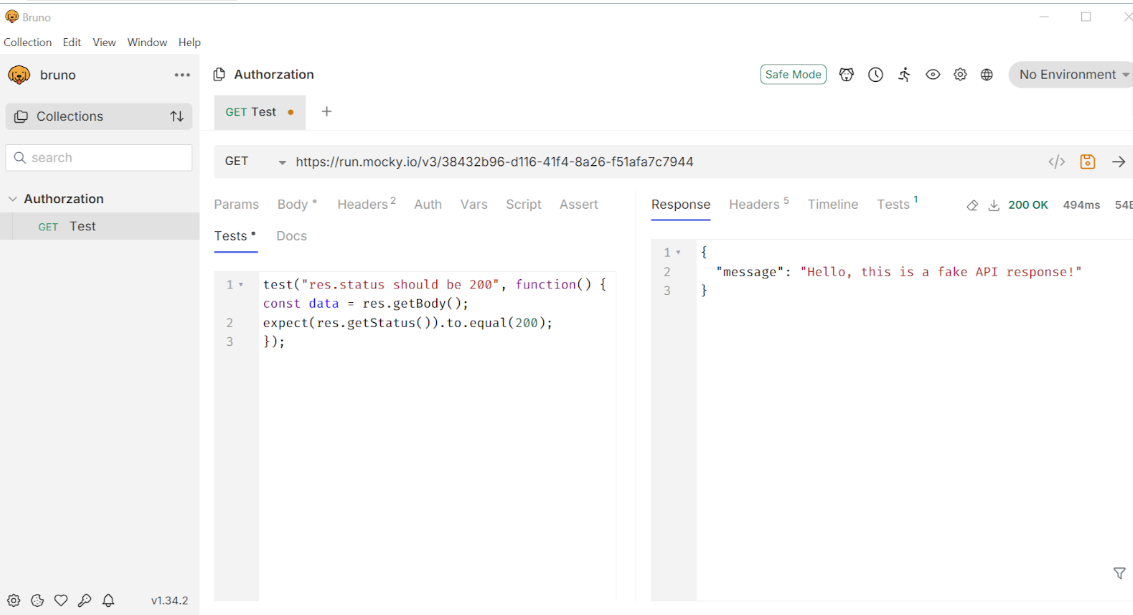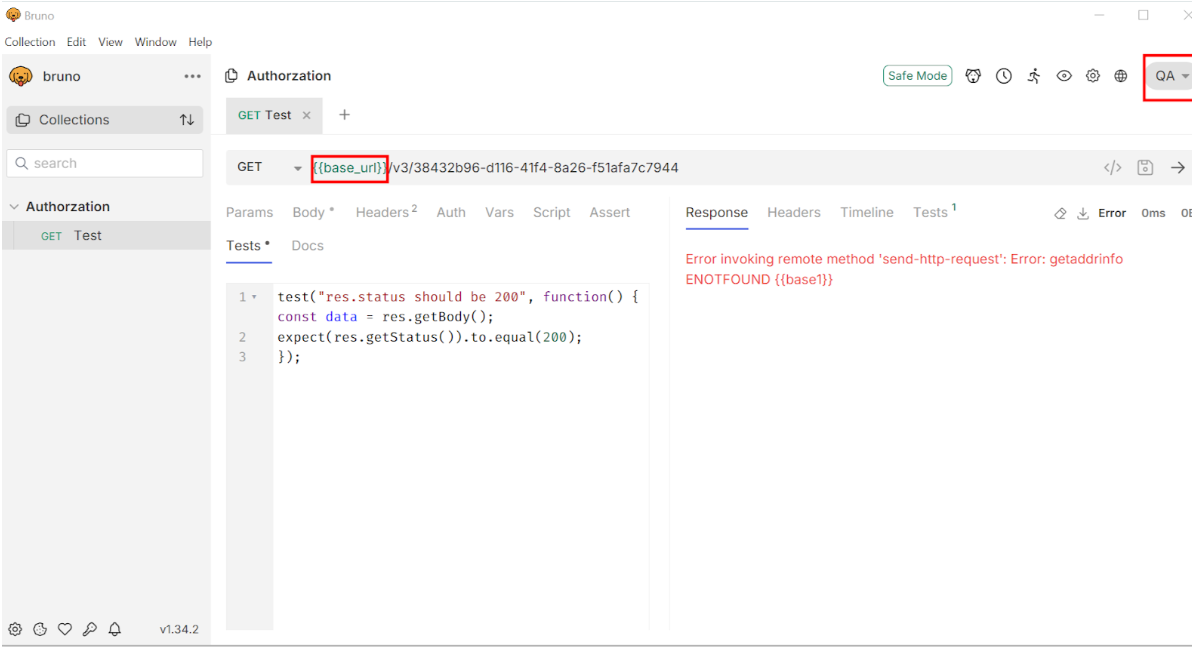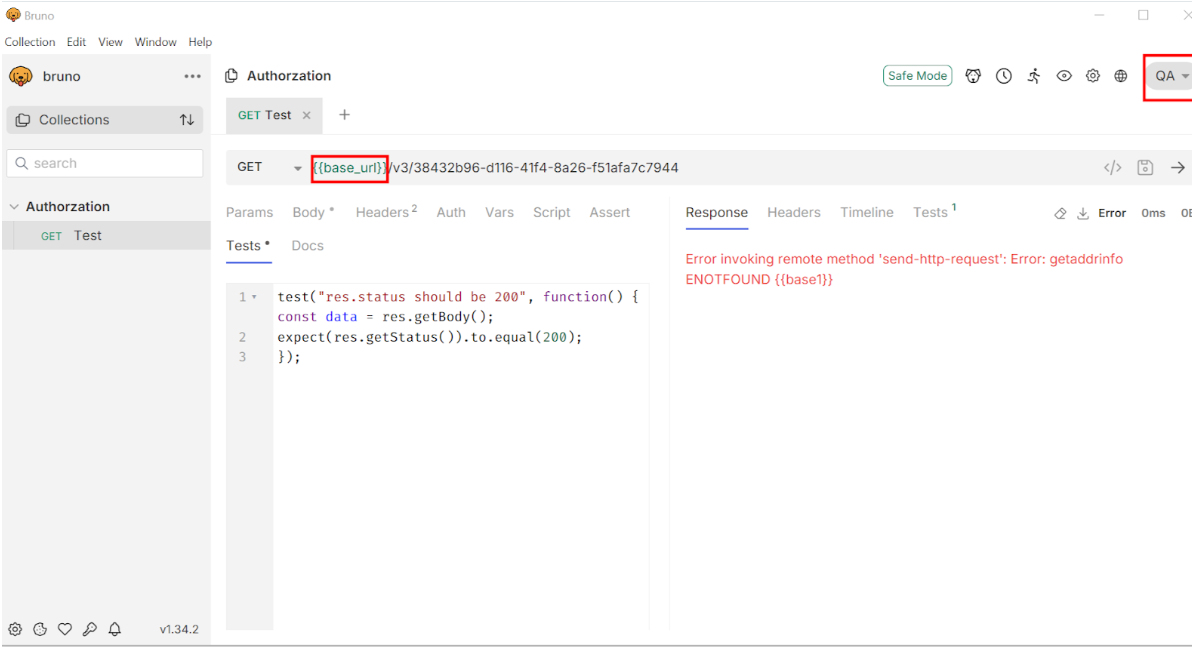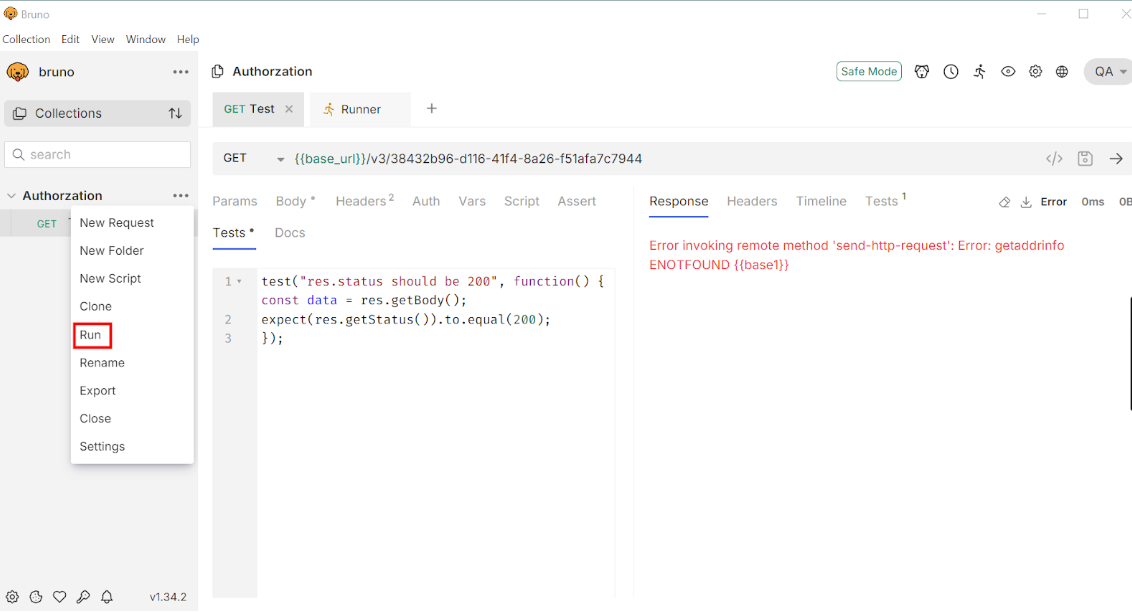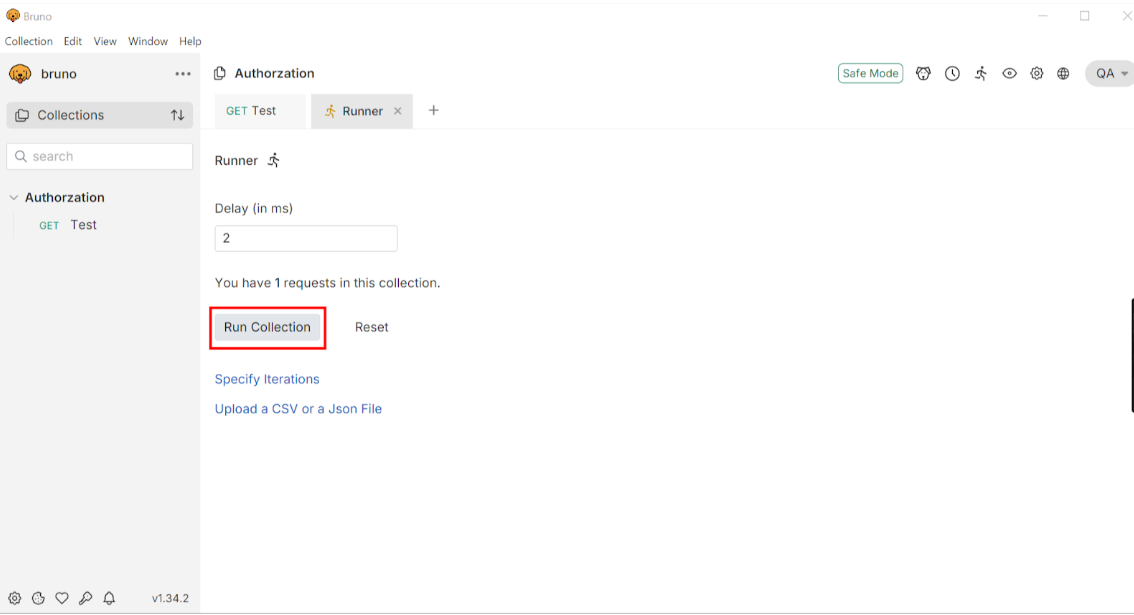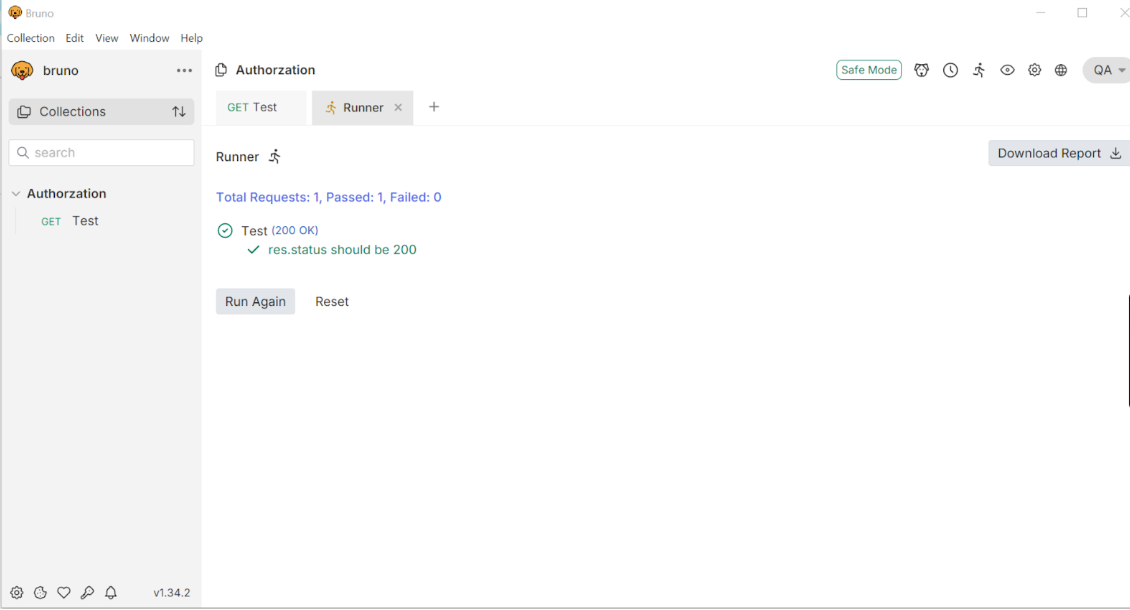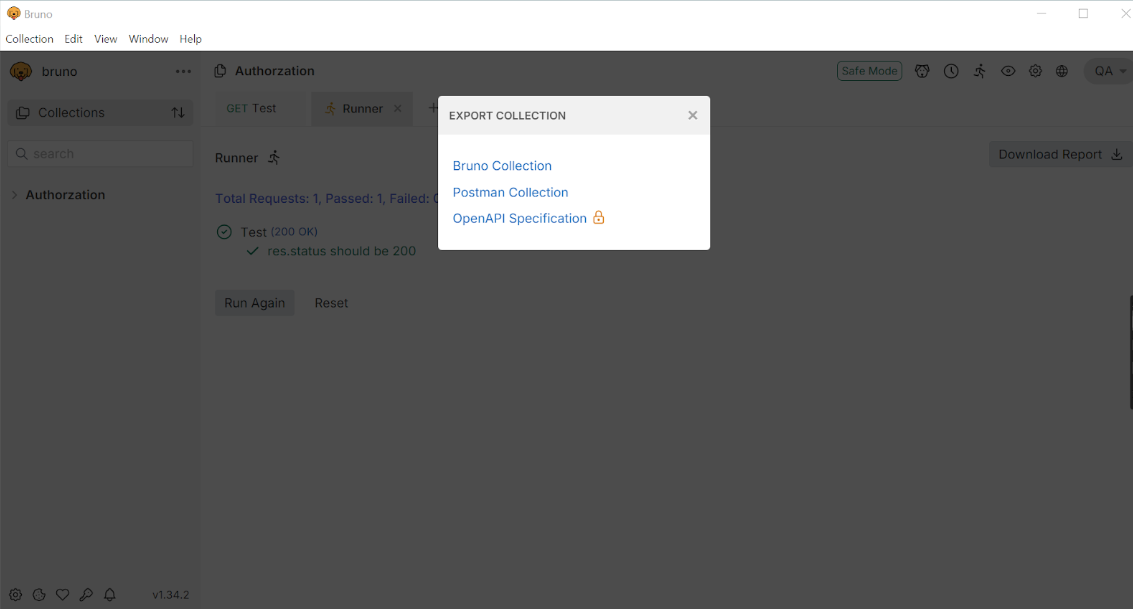
by Chris Adams | Mar 2, 2025 | API Testing, Blog, Latest Post |
Playwright is widely known for browser automation, it also offers powerful features for API testing, making it a versatile tool for end-to-end testing. By using Playwright, testers can efficiently validate API endpoints, perform authentication checks, and seamlessly integrate API tests with UI tests to ensure consistent functionality across the entire application. API testing with Playwright allows for the testing of various HTTP methods, including GET, POST, PUT, and DELETE requests, enabling comprehensive validation of data flow and business logic. Additionally, Playwright supports handling complex authentication scenarios, such as token-based and OAuth authentication. This guide will explain why Playwright is an excellent choice for API testing, how to set it up and provide detailed examples of requests, authentication handling, and best practices for effective and efficient API testing.
Basics of API Testing
API testing checks if different software systems can communicate and exchange data correctly. It ensures functionality, security, and performance while being faster and easier to automate than UI testing. Unlike UI testing, which focuses on visual elements, API testing verifies the backend logic using requests like GET and POST. It also differs from unit testing, which tests individual functions, and integration testing, which checks how system parts work together.
Why Choose Playwright for API Testing?
API testing is a crucial aspect of software testing, ensuring that backend services function correctly before integrating them with the UI. Several tools are available for API testing, each offering unique features suited to different testing needs:
- Postman – A widely used API testing tool with a graphical interface for sending requests and validating responses.
- RestAssured – A Java-based API testing framework commonly used for automated API validation.
- SoapUI – A dedicated tool for testing SOAP and REST APIs, offering advanced features for functional and security testing.
- SuperTest – A JavaScript library designed for testing HTTP APIs, particularly useful in Node.js applications.
- Cypress – Primarily a UI testing framework that also includes basic API testing capabilities.
Then why should we use Playwright for API testing? It allows users to make API requests, validate responses, and integrate API checks within automated test scripts. It provides features like APIRequestContext for direct API interactions, built-in authentication handling, and cross-browser support, making it a versatile option for teams looking to perform both API and UI testing within the same environment. Like other tools, Playwright offers a structured approach to API testing, enabling efficient validation of backend services. Now let’s take a deeper look at all the key features.
Key Features of Playwright That Enhance API Testing
1. Built-in APIRequestContext for Simplified API Testing
Playwright provides APIRequestContext, allowing testers to make API calls directly within test scripts without needing external libraries like Axios or SuperTest.
Example: GET Request with Playwright
import { test, expect, request } from '@playwright/test';
test('Validate GET request', async ({ request }) => {
const response = await request.get('https://jsonplaceholder.typicode.com/posts/1');
expect(response.status()).toBe(200);
const responseBody = await response.json();
expect(responseBody.id).toBe(1);
});
Why Playwright? Unlike Postman (which is UI-based) and RestAssured (which requires Java), Playwright allows API requests directly within the test automation framework with minimal setup.
2. Seamless Integration of API & UI Testing
Unlike Postman, RestAssured, and SoapUI, which focus only on API testing, Playwright enables UI and API tests to run in the same framework. This is useful for:
- Setting up test data via API before UI tests.
- Validating API responses against UI elements.
- Testing UI interactions that trigger API calls.
Example: API and UI Test Together
test('Create user via API and validate on UI', async ({ page, request }) => {
const response = await request.post('https://jsonplaceholder.typicode.com/users', {
data: { name: 'John Doe', email: '[email protected]' }
});
expect(response.status()).toBe(201);
const user = await response.json();
await page.goto('https://example.com/users');
const userExists = await page.locator(`text=${user.name}`).isVisible();
expect(userExists).toBeTruthy();
});
3. JavaScript/TypeScript Support for Modern Development
Playwright is built for JavaScript and TypeScript, making it ideal for teams using modern web frameworks like React, Angular, and Vue.js.
Comparison with Other Tools:
| S. No |
Tool |
Language Support |
Best For |
| 1 |
Playwright |
JavaScript/TypeScript |
API + UI Testing |
| 2 |
Postman |
GUI-based (No coding required) |
Manual API Testing |
| 3 |
RestAssured |
Java |
Backend API Testing |
| 4 |
SoapUI |
Java & Groovy |
SOAP & REST API Testing |
| 5 |
SuperTest |
JavaScript |
Node.js API Testing |
Why Playwright? Teams using JavaScript for frontend development can now write API tests in the same language, improving efficiency and collaboration.
4. Cross-Browser & Cross-Platform API Testing
Unlike most API testing tools that only test API responses, Playwright supports cross-browser validation, ensuring that API responses work correctly with different browsers.
Example: API Test Across Browsers
import { test, expect, request } from '@playwright/test';
test('Validate API response in different browsers', async ({ browser }) => {
const context = await browser.newContext();
const request = context.request;
const response = await request.get('https://jsonplaceholder.typicode.com/posts/1');
expect(response.status()).toBe(200);
});
Why Playwright?
- Postman, RestAssured, and SoapUI cannot test how APIs behave across different browsers.
- Playwright ensures API + UI compatibility across Chromium, Firefox, and WebKit (Safari).
5. CI/CD Integration for Automated API Testing
Playwright works seamlessly with CI/CD pipelines, allowing automated API testing in:
- Jenkins
- GitHub Actions
- GitLab CI/CD
Example: Running Playwright API Tests in GitHub Actions
name: Playwright API Tests
on: push
jobs:
test:
runs-on: ubuntu-latest
steps:
- name: Checkout code
uses: actions/checkout@v2
- name: Install dependencies
run: npm install
- name: Run API Tests
run: npx playwright test api-tests
Why Playwright? Unlike Postman, which requires Newman for automation, Playwright runs API tests directly in CI/CD pipelines without additional setup.
Guide to Writing tour First API Test with Playwright
To get started with API Testing with Playwright, install Playwright using npm:
npm init -y
npm install @playwright/test
Ensure that Playwright is installed by running:
Writing Your First API Test with Playwright
You can use APIRequestContext to interact with APIs. Below is a simple GET request example:
import { test, expect, request } from '@playwright/test';
test('Validate GET request', async ({ request }) => {
const response = await request.get('https://jsonplaceholder.typicode.com/posts/1');
expect(response.status()).toBe(200);
const responseBody = await response.json();
expect(responseBody.id).toBe(1);
});
Breaking Down the Code:
- Import Playwright functions: test, expect, and request are used for API testing.
- Make a GET request: request.get() fetches data from the API.
- Validate the response status: Ensures the request was successful (200 OK).
- Parse and validate response body: Converts the response to JSON and checks if the expected data is returned.
Making Different API Requests
1. POST Request (Creating a Resource)
test('Validate POST request', async ({ request }) => {
const response = await request.post('https://jsonplaceholder.typicode.com/posts', {
data: {
title: 'Playwright API Test',
body: 'This is a test post',
userId: 1
}
});
expect(response.status()).toBe(201);
const responseBody = await response.json();
expect(responseBody.title).toBe('Playwright API Test');
});
- Sends a POST request to create a new resource.
- Validates response status (201 Created) to confirm successful creation.
- Ensures response data matches the expected values.
2. PUT Request (Updating a Resource)
test('Validate PUT request', async ({ request }) => {
const response = await request.put('https://jsonplaceholder.typicode.com/posts/1', {
data: {
id: 1,
title: 'Updated Title',
body: 'Updated content',
userId: 1
}
});
expect(response.status()).toBe(200);
const responseBody = await response.json();
expect(responseBody.title).toBe('Updated Title');
});
- Sends a PUT request to update an existing resource.
- Validates status code (200 OK) for successful updates.
- Confirms that the updated title matches the expected value.
3. DELETE Request (Removing a Resource)
test('Validate DELETE request', async ({ request }) => {
const response = await request.delete('https://jsonplaceholder.typicode.com/posts/1');
expect(response.status()).toBe(200);
});
- Sends a DELETE request to remove an existing resource.
- Checks if the API returns a successful deletion status (200 OK or 204 No Content).
Handling Authentication in API Testing
For APIs requiring authentication, Playwright supports passing headers and cookies for authorization.
test('Validate Authenticated Request', async ({ request }) => {
const response = await request.get('https://example.com/protected', {
headers: {
Authorization: 'Bearer YOUR_ACCESS_TOKEN'
}
});
expect(response.status()).toBe(200);
});
- Includes Authorization Header: Uses a Bearer token for authentication.
- Validates Authentication: Ensures the API allows access (200 OK).
Best Practices for API Testing with Playwright
To ensure efficient and maintainable API testing with Playwright, it is important to follow structured practices that enhance test reliability, performance, and organization. By properly structuring test suites, managing dependencies, and optimizing execution, teams can achieve faster, more scalable, and maintainable API tests. Below are some key best practices to maximize efficiency:
- Use Fixtures – Helps maintain test reusability and efficiency by providing a structured way to set up and share test data across multiple tests.
- Validate Response Schema – Use schema validation tools like Ajv to ensure API responses follow the expected structure, reducing inconsistencies.
- Use Environment Variables – Store API URLs, authentication tokens, and sensitive data securely using environment variables to enhance security and flexibility.
- Enable Logging – Capture and log API responses to debug test failures efficiently, making troubleshooting easier.
- Run Tests in Parallel – Speed up execution using Playwright’s parallel test execution feature, optimizing test suite performance.
Conclusion
As seen in our blog, Playwright is a powerful tool for both UI automation and API testing, offering seamless integration of API and UI tests within a single framework. With features like built-in request handling, authentication management, parallel execution, and cross-browser compatibility, it simplifies API testing while improving efficiency and reliability. By using Playwright, teams can reduce execution time, automate authentication, organize test suites efficiently, and improve debugging with logging and structured test cases.
For businesses looking to enhance their API testing strategy, Codoid, a leader in software testing services, provides expert API automation solutions. With extensive experience in Playwright, Selenium, and other frameworks, Codoid helps organizations optimize testing processes, improve test coverage, and ensure smooth digital experiences. By adopting Playwright and partnering with Codoid, teams can build a scalable, efficient, and future-ready test automation strategy.
Frequently Asked Questions
-
Why use Playwright for API testing instead of Postman or RestAssured?
Unlike Postman (UI-based) and RestAssured (Java-dependent), Playwright enables API and UI testing within the same framework, supports JavaScript/TypeScript, and integrates easily into CI/CD pipelines.
-
Can Playwright handle authentication in API testing?
Yes, Playwright supports authentication methods like Bearer Tokens, OAuth, and Cookies to test secured API endpoints.
-
Does Playwright support API schema validation?
While Playwright does not have built-in schema validation, you can integrate it with Ajv or Joi to validate API responses.
-
How does Playwright compare with Cypress for API testing?
- Playwright supports multi-browser testing (Chrome, Firefox, Safari), while Cypress is limited to Chromium-based browsers.
- Playwright enables parallel execution and has better API handling than Cypress.
-
What are some real-time applications of Playwright API testing?
- E-commerce: Validate product APIs and order processing.
- Banking: Test authentication and transaction APIs.
- Healthcare: Ensure secure data exchange in patient records.
- SaaS applications: Automate API requests in multi-tenant platforms.

by Hannah Rivera | Oct 24, 2024 | API Testing, Blog, Top Picks |
API testing checks if your apps work well by looking at how different software parts talk to each other. Postbot is an AI helper in the Postman app that makes this job easier. It allows you to create, run, and automate API documentation and API development tests using everyday language. This all takes place in the world of AI. This blog post will teach you how to master API testing with Postbot through an early access program. You will get step-by-step guidance with real examples. Whether you are a beginner or an expert tester, this tutorial will help you make the most of Postbot’s tools for effective API testing.
What is API Testing?
API testing checks if APIs, or Application Programming Interfaces, work properly. APIs allow different systems or parts to communicate. By testing them, we ensure that data is shared correctly, safely, and reliably.
In API testing, we often look at these points:
- Functionality: Is the API working as it should?
- Reliability: Can the API function properly in various situations?
- Performance: Does the API work well when the workload changes?
- Security: Does the API protect sensitive data?
2. Why Postbot for API Testing?
Postman is a popular tool for creating and testing APIs. It has an easy interface that lets users make HTTP requests and automate tests. Postbot is a feature in Postman that uses AI to assist with API testing. Testers can write their tests in plain language instead of code.
Key Benefits of Postbot:
- No coding required: You can write test cases using plain English.
- Automation: Postbot helps automate repetitive tasks, reducing manual effort.
- Beginner-friendly: It simplifies complex testing scenarios with AI-powered suggestions
3. Setting Up Postbot in Postman
Before we see some examples, let’s prepare Postbot.
Step 1: Install Postman
- Download Postman and install it from the Postman website.
- Launch Postman and sign in (if required).
Step 2: Create a New Collection
- Click on “New” and select “Collection.”
- Name your collection (e.g., “API Test Suite”).
- In the collection, include different API requests that should be tested.
Step 3: Enable Postbot
Postbot should be active by default. You can turn it on by using the shortcut keys Ctrl + Alt + P. If you cannot find it, check to see if you have the most recent version of Postman.
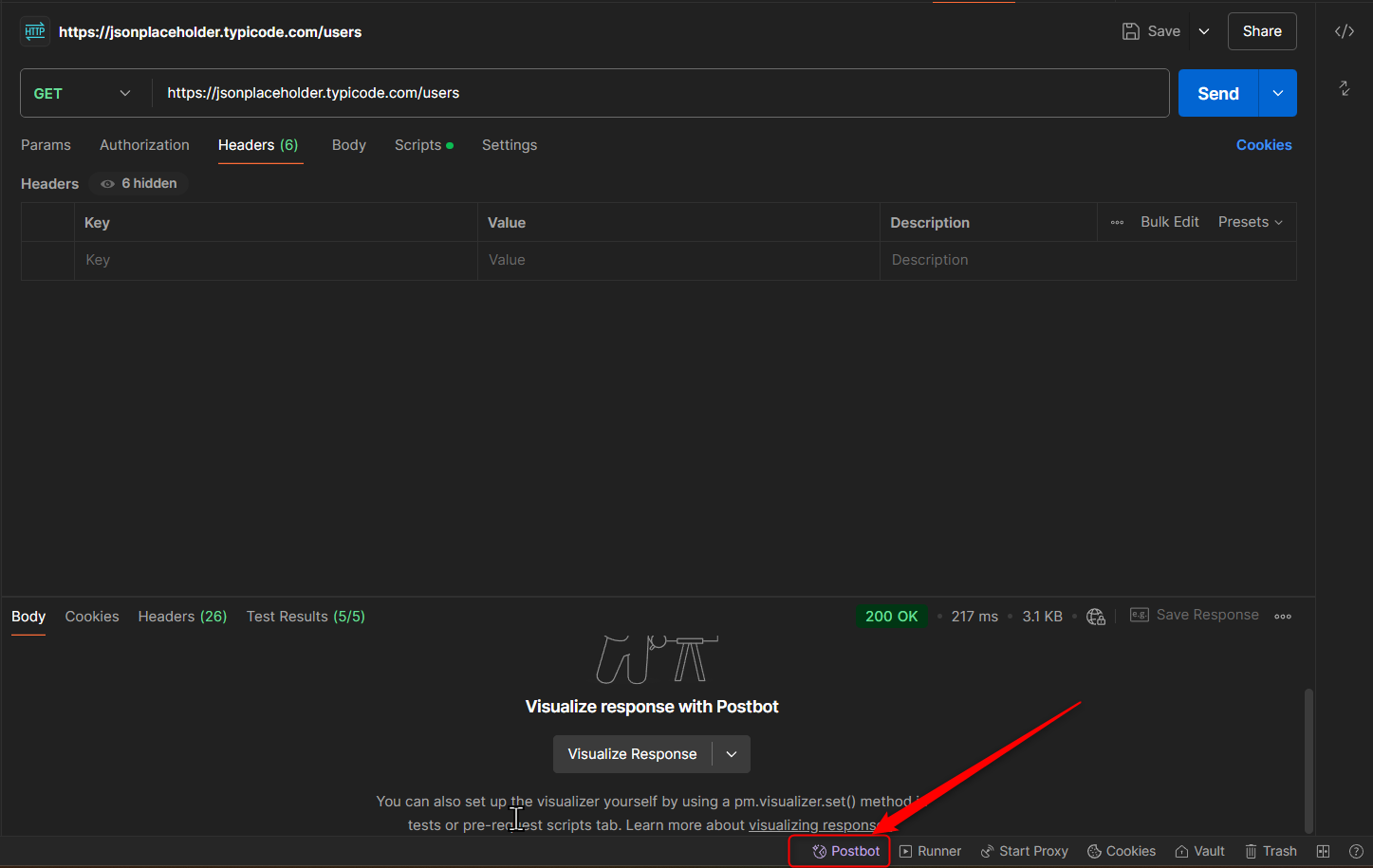
4. Understanding API Requests and Responses
Every API interaction has two key parts. These parts are the request and the response.
- Request: The client sends a request to the server, including the endpoint URL, method (GET, POST, etc.), headers, and body.
- Response: The server sends back a response, which includes a status code, response body, and headers.
Example: Let’s use a public API: https://jsonplaceholder.typicode.com/users
- Method: GET
- URL: https://jsonplaceholder.typicode.com/users
This request will return a list of users.
5. Hands-On Tutorial: API Testing with Postbot
Let’s test the GET request we talked about before using Postbot.
Step 1: Create a Request in Postman
- Click on “New” and select “Request.”
- Set the method to GET.
- Enter the URL: https://jsonplaceholder.typicode.com/users.
- Click “Send” to execute your request. You should receive a list of users as a response
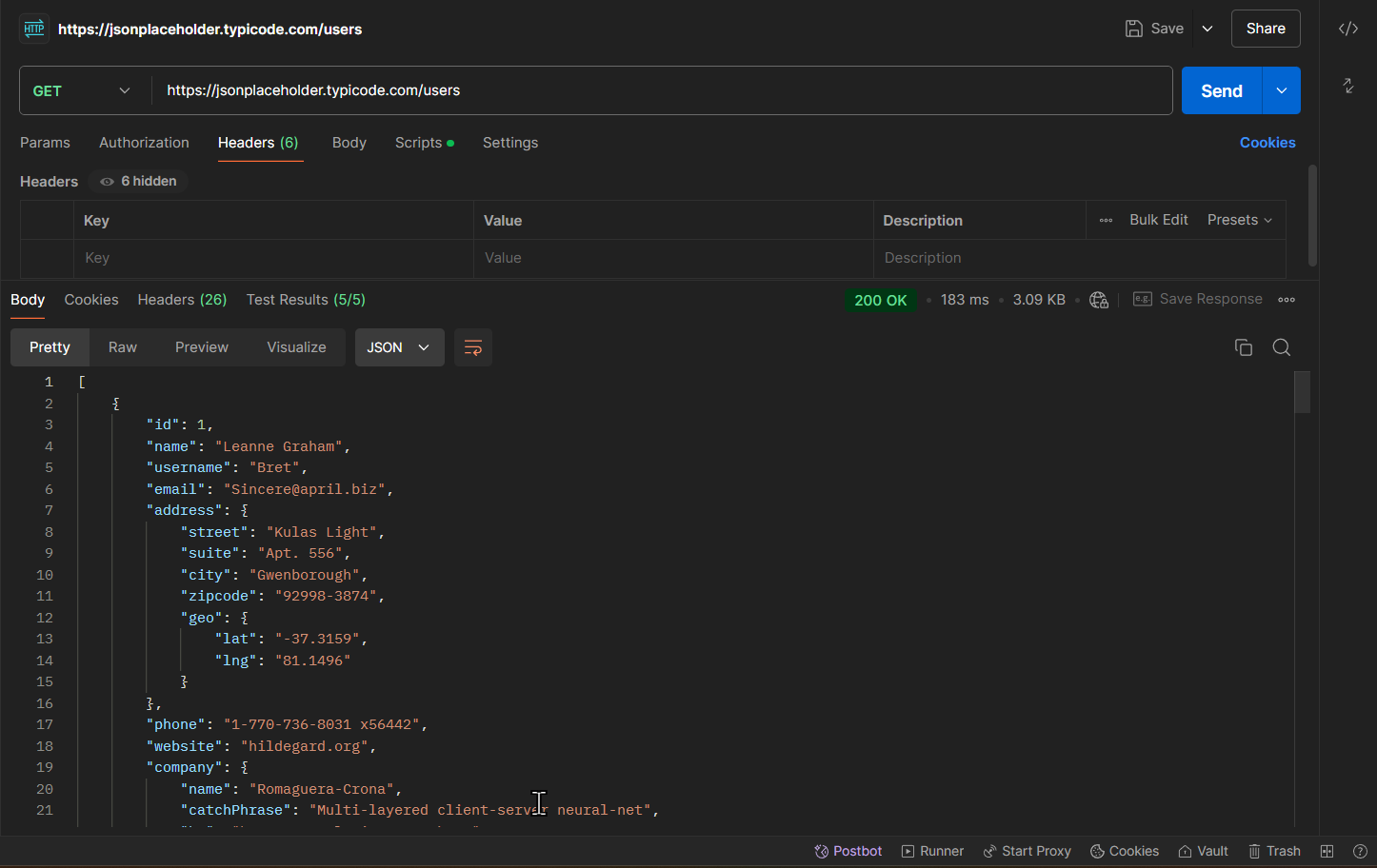
Step 2: Writing Tests with Postbot
Now that we have the response, we will create test cases with Postbot. This will help us see if the API is working correctly.
Example 1: Check the Status Code
In the “Tests” tab, write this easy command: ” Write a test to Check if the response status code is 200″
Postbot will generate the following script:
pm.test("Status code is 200", function () {
pm.response.to.have.status(200);
});
Save the request and run the test.
Example 2: Validate Response Body
Add another test by instructing Postbot: “Write a test to Check if the response contains at least one user”.
Postbot will generate the test script:
Pm.test("At least one user should be in the response", function () {
Pm.expect(pm.response.json().length).to.be.greaterThan(0);
});
This script checks the response body. It looks to see if there are any users in it.
Example 3: Add other test
In the test tab, just write “Add other tests that are suggested for this request.” Postbot will make the other test scripts that are connected to the request.
pm.test("Response Content-Type is application/json", function () {
pm.expect(pm.response.headers.get("Content-Type")).to.include("application/json");
});
pm.test("Validate the user object structure", function () {
const responseData = pm.response.json();
pm.expect(responseData).to.be.an('array');
responseData.forEach(function(user) {
pm.expect(user).to.be.an('object');
pm.expect(user.id).to.exist.and.to.be.a('number');
pm.expect(user.name).to.exist.and.to.be.a('string');
pm.expect(user.username).to.exist.and.to.be.a('string');
pm.expect(user.email).to.exist.and.to.be.a('string');
pm.expect(user.address).to.exist.and.to.be.an('object');
pm.expect(user.address.street).to.exist.and.to.be.a('string');
pm.expect(user.address.suite).to.exist.and.to.be.a('string');
pm.expect(user.address.city).to.exist.and.to.be.a('string');
pm.expect(user.address.zipcode).to.exist.and.to.be.a('string');
pm.expect(user.address.geo).to.exist.and.to.be.an('object');
pm.expect(user.address.geo.lat).to.exist.and.to.be.a('string');
pm.expect(user.address.geo.lng).to.exist.and.to.be.a('string');
pm.expect(user.phone).to.exist.and.to.be.a('string');
pm.expect(user.website).to.exist.and.to.be.a('string');
pm.expect(user.company).to.exist.and.to.be.an('object');
pm.expect(user.company.name).to.exist.and.to.be.a('string');
pm.expect(user.company.catchPhrase).to.exist.and.to.be.a('string');
pm.expect(user.company.bs).to.exist.and.to.be.a('string');
});
});
pm.test("Email is in a valid format", function () {
const responseData = pm.response.json();
responseData.forEach(function(user){
pm.expect(user.email).to.match(/^[^\s@]+@[^\s@]+\.[^\s@]+$/);
});
});
pm.test("Address has all the required fields", function () {
const responseData = pm.response.json();
pm.expect(responseData).to.be.an('array');
responseData.forEach(function(user) {
pm.expect(user.address).to.be.an('object');
pm.expect(user.address.street).to.exist.and.to.be.a('string');
pm.expect(user.address.suite).to.exist.and.to.be.a('string');
pm.expect(user.address.city).to.exist.and.to.be.a('string');
pm.expect(user.address.zipcode).to.exist.and.to.be.a('string');
pm.expect(user.address.geo).to.exist.and.to.be.an('object');
pm.expect(user.address.geo.lat).to.exist.and.to.be.a('string');
pm.expect(user.address.geo.lng).to.exist.and.to.be.a('string');
});
});
pm.test("Company details are present and not empty", function () {
const responseData = pm.response.json();
pm.expect(responseData).to.be.an('array');
responseData.forEach(function(user) {
pm.expect(user.company).to.exist.and.to.be.an('object');
pm.expect(user.company.name).to.exist.and.to.have.lengthOf.at.least(1, "Company name should not be empty");
pm.expect(user.company.catchPhrase).to.exist.and.to.have.lengthOf.at.least(1, "Company catchPhrase should not be empty");
pm.expect(user.company.bs).to.exist.and.to.have.lengthOf.at.least(1, "Company bs should not be empty");
});
});
Step 3: Running Automated Tests
After you add tests, you can run them immediately or set them to run on their own as part of a collection. Postman allows you to run groups of API requests one after another. This helps you automatically check several tests.
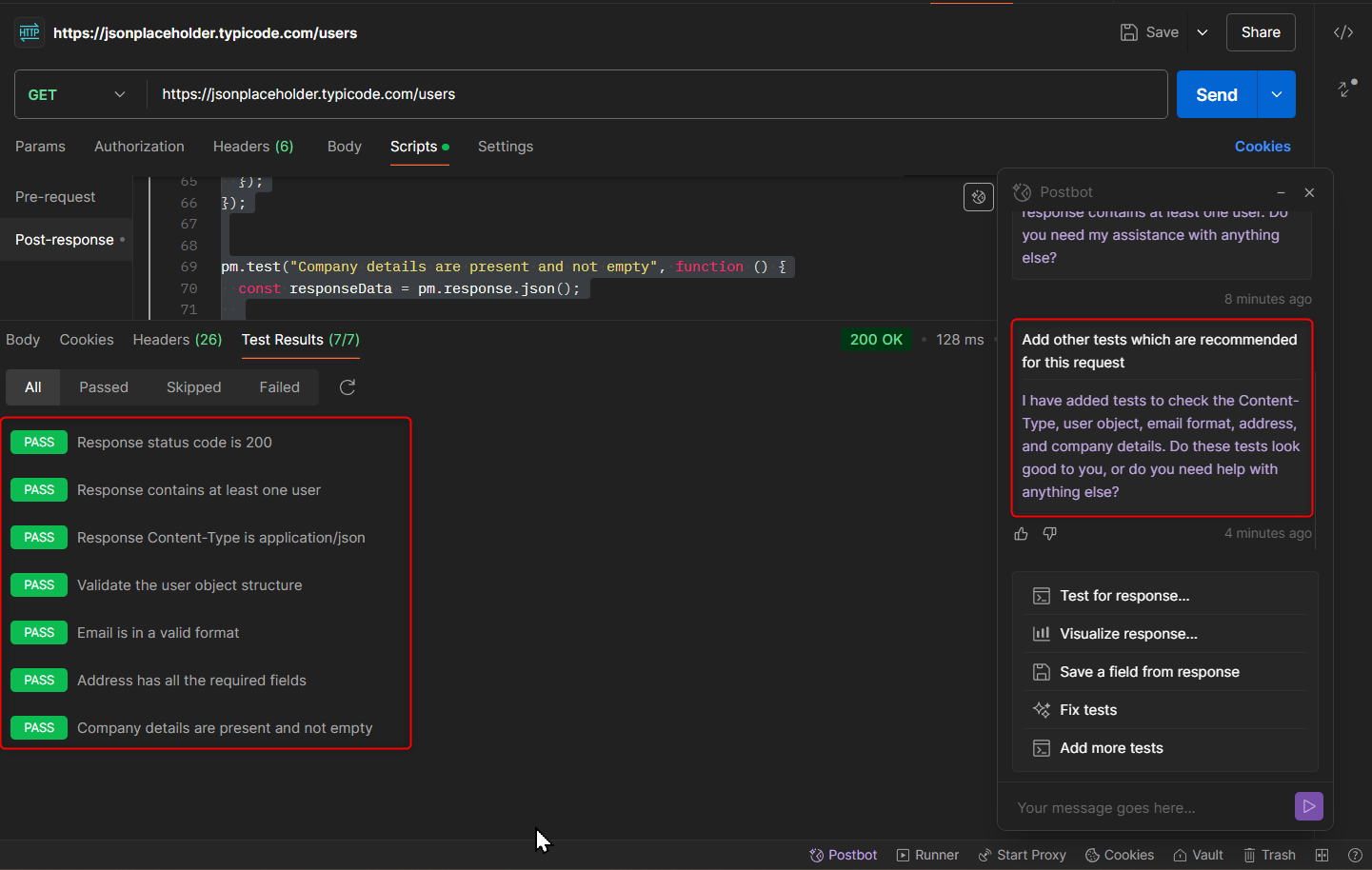
6. Advanced Capabilities of Postbot
Postbot can handle more complex situations, not just simple tasks. Here are some things it can do:
Example 1: Performance Testing
You can use Postbot to check that the API response time is fast. This will help to meet your performance needs.
Command: “Check if the response time is below 500ms.”
Generated Script:
Pm.test("The response time must be less than 500ms", function () {
Pm.expect(pm.response.responseTime).to be under 500.
});
Example 2: Validating Response Data
You can look at certain parts in the response body. For instance, you can see that the first user’s name is “Leanne Graham.”
Command: “Verify the name in the response body is ‘Leanne Graham.’”
Generated Script:
pm.test("Name is Leanne Graham", function () {
var jsonData = pm.response.json();
Pm.expect(jsonData[0].name).to.equal("Leanne Graham");
});
Example 3: Handling Edge Cases
Postbot can help make tests for different problems. It can find invalid input, data that is missing, or security issues like unauthorized access.
Command: “Ensure that when there is unauthorized access, it shows a 401 error.”
Generated Script:
pm.test("Unauthorized access", function () {
pm.response.to.have.status(401);
});
7. Best Practices for API Testing
To get the best results from API testing, use these helpful tips:
- Test for All Scenarios: Don’t just test for happy paths; include error cases and edge cases.
- Automate Test Execution: Automate tests using Postman’s collection runner or Postbot, reducing manual effort.
- Monitor Performance: Ensure your APIs are performant by validating response times.
- Use Environment Variables: Leverage environment variables in Postman to make your tests dynamic and reusable.
- Test for Security: Validate that sensitive information is protected and unauthorized access is handled appropriately.
8. Conclusion
Mastering API testing is easy. Tools like Postbot make it simple for anyone, no matter their skills. With Postbot, you can use easy, natural language commands. This allows you to write and automate tests without needing much coding knowledge.
With this easy guide, you can begin testing APIs using Postbot in Postman. Whether you want to check simple functions or deal with complex things like performance and security, Postbot can help. It is an AI-powered tool that makes API testing faster and simpler.

by Chris Adams | Oct 5, 2024 | API Testing, Uncategorized, Blog, Latest Post |
Postman is an extremely popular API client designed to make it easier to test your APIs, while Bruno is the AI-powered platform that possesses advanced capabilities of testing APIs. Comparing Postman vs. Bruno, Postman would have a focus on manual testing and automation with the strong interface for developers to manually configure, test, and automate requests to APIs. Bruno, on the other hand, uses the AI-driven smart tests to test your API more accurately and efficiently. Although very easy to use and offering a full set of features, the AI-based model in Bruno has automatically been detecting edge cases, increasing test coverage, and not having to waste time elsewhere where often monotonous tasks are relegated. If the product you are looking for is one using AI in API testing for increased productivity and accuracy, then Bruno could be the better more innovative one.
Key Highlights
- Bruno is a free API client that anyone can use. It goes up against tools like Postman.
- Unlike Postman, which saves API collections in the cloud, Bruno keeps them on your device. This helps protect your privacy.
- Bruno is good for teamwork. It works well with version control systems such as Git.
- Both Postman and Bruno have strong scripting tools. Still, Bruno provides declarative assertions to make testing simpler.
- While Postman has features like mock servers and AI tools, Bruno stays focused on its main functions. It aims to make the user experience better.
Introduction
In software development, testing APIs well is very important. The right API client can make a big difference in your work. For a long time, Postman was the top choice. Now, there is a strong new option from the open-source community called Bruno (an open source API client). This blog post will compare these two popular API clients. We will look at their features, benefits, and any downsides. We will find out if Bruno can really change the status quo and be the best tool for developers who want a great and easy API testing experience.
A Detailed Comparison Between Postman and Bruno
Postman is a well-known tool that many people use. It has an easy-to-use interface. It also offers many integrations and useful testing features, including efficient workspaces. Many users like it because it is powerful and adaptable. However, Postman depends on cloud storage and paid plans for teamwork. Because of this, some developers are looking for other options.
Bruno is a good choice. It is a free and open-source API client. Bruno cares about data privacy and local storage. It works well with version control systems. While it is still improving, Bruno offers an easy and effective way for developers to test APIs together.
1. Feature Set and Capabilities
Postman and Bruno are useful tools for API testing, and both can benefit from using a proxy for enhanced security and debugging. Postman offers a free version that is perfect for solo developers or small teams. If you choose a paid plan, you will have access to more features, like mock servers, API documentation, and improved teamwork tools. Bruno is open-source, which means you can use all its features without any cost.
Both tools are useful for more than simple API testing. They help developers make scripts that change how things work. Postman uses JavaScript for writing scripts. Bruno has a similar approach and works well with popular NPM modules. This allows you to write scripts before sending requests and after getting replies, while managing various parameters. With these tools, you can manage data, handle authentication, and build dynamic tests.
Bruno uses declarative assertions in a different way. This new method helps make tests for simple cases easy. Developers can quickly set expected results using simple words. They do not have to write complicated scripts.
2. User Interface and Experience
Postman has a clean and easy-to-navigate interface, similar to Bruno’s UI. This makes it easy for both new users and those who are experienced to feel at home while using it. The layout is well-organized, and the visuals are simple to grasp, which helps everyone work better. Bruno is new, but it has made significant improvements in its interface design.
Bruno has a modern and attractive interface that is simple to use. You can easily manage API requests, organize collections, and check responses. Bruno also connects well with Visual Studio Code through a VS Code extension. This improves the experience for developers who use this popular code editor. The extension offers syntax highlighting for Bruno’s Bru files. This feature makes it easy to write and manage API requests in VS Code.
Choosing a user interface often depends on what you like and how you work. Postman is popular and has many users who feel at ease using it. On the other hand, Bruno has a simple design and works well with VS Code. This makes it a great option for those who are already using Visual Studio Code.
3. Performance and Efficiency
Performance matters a lot in API testing. This is especially important when handling complex tasks or large amounts of data. Both Postman and Bruno perform well. They give fast and smooth experiences.
| Feature |
Postman |
Bruno |
| Request Execution |
Fast and reliable, even for large requests. |
Fast and efficient, optimized for local execution. |
| Environment Management |
Supports multiple environments with variables. |
Offers environment switching and .env file support. |
| Resource |
Can be resource-intensive |
Generally lightweight, minimizing |
| Consumption |
particularly with large collections |
system resource usage. |
| Offline Functionality |
Requires an active internet connection. |
Operates entirely offline.. |
Both apps process requests and replies quickly. However, Bruno’s method of storing data on your device can make things a bit faster. Since it doesn’t need to connect to the internet all the time, Bruno can load collections more quickly. This means there can be less delay in processing requests, especially when the internet is slow.
Key Advantages of Using Bruno Over Postman
Both Postman and Bruno are awesome for API testing. But Bruno has some special benefits that make it a better option for certain tasks and needs. Let’s look at these advantages:
1. Enhanced Privacy for API Requests
Data privacy is really important in our online world. This is true for API testing too. Bruno takes this issue seriously by using only local storage. This means that all API requests, collections, and sensitive data stay on your own computer. You do not need to send sensitive information to other servers. This method gives developers more control over their data and helps them feel safer.
Postman mainly uses cloud storage for its services. Even though Postman has good security features, it depends on external servers. This can be a concern. It matters a lot when you deal with sensitive data, secret projects, or internal APIs that follow strict privacy rules.
2. Superior Collaboration Features Without a Paywall
Collaboration is key in software development. This is also true for API testing. Postman has features that support teamwork, but you need to pay for a plan to access them. This can be tough for small teams. It makes it harder to work together, especially for small businesses or open-source projects that have tight budgets.
Bruno has his own special approach to work. He uses version control systems, such as Git, to help his team work better together. Here are some ways Bruno simplifies teamwork for everyone:
- Direct Integration with Git: In Bruno, API collections are like folders that hold text files called Bru files. This makes using Git easy. Teams can manage their API collections and source code together.
- Streamlined Workflow: Developers can create branches and change API requests. They can also commit their work, just like when they change other parts of the source code.
- Enhanced Transparency: Since Bru files use a plain text markup language, it is easy to see and understand changes. This helps during code reviews and lowers the chance of conflicts.
- No Additional Costs: Bruno works with the existing version control system. This means you don’t need to pay for costly subscription plans to work well as a team.
Conclusion
In conclusion, when deciding between Postman and Bruno for API testing, think about what you need. Each tool has unique features. Bruno is a good choice for privacy and teamwork, and it’s free to use. It’s important to understand the differences in features, the look of the interface, and how they operate. If you care about privacy and working together, Bruno might be the better option for your API testing. Check the FAQs to find out more about why Bruno is a great choice compared to Postman. You will also discover if it can fully replace Postman for your testing needs.
Frequently Asked Questions
-
What Makes Bruno a Strong Competitor Against Postman?
Bruno is strong because it is fast and can work without internet. It handles direct API requests easily. Bruno uses simple Bru files to keep API collections. This makes it easy to manage versions and work together. This is different from how Postman uses the cloud. Also, Bruno's Golden Edition offers great features at a low price. This makes it a good choice for developers who want to save money.
-
Can Bruno Fully Replace Postman for API Testing Needs?
Bruno has many features for API testing. Whether it can completely replace Postman depends on what you need. If you often use special tools in Postman, like mock servers, the Postman API, or different integrations, switching to Bruno may need some changes. However, if you have simple API testing tasks, Bruno is a strong and effective choice.
-
How Does Bruno's Offline Functionality Compare to Postman's Online Requirement?
Bruno's offline feature is a helpful tool. It allows you to work even without internet. Bruno stores all your information on your device. You can keep working without stopping. This is useful if your internet is weak or if you have sensitive data that should stay offline. On the other hand, Postman needs a steady internet connection. If your connection stops, it could slow you down.
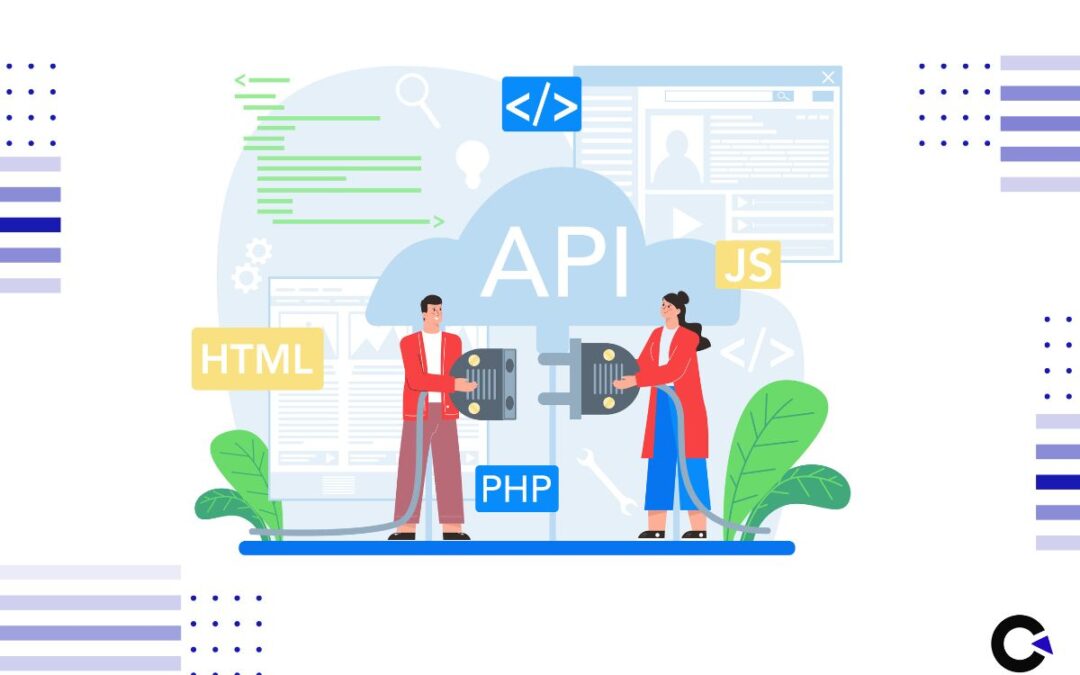
by Hannah Rivera | Jul 14, 2024 | API Testing, Blog, Top Picks |
API testing is a critical aspect of software testing as APIs serve as the communication channels between different software components, allowing them to interact and exchange data. API testing not only involves validating the functionality, but also the performance, security, and reliability of APIs to ensure they meet the intended requirements and perform as expected. Ensuring that you’ve got complete coverage can be a challenge and that is why we have prepared this comprehensive API Testing Checklist based on our experience in delivering software testing services to our clients. Before we head to the checklist, let’s understand the criticality of API testing and the prerequisites you’ll need to follow the checks as well.
What Makes API Testing Crucial?
Although we gave you a brief overview of the API testing’s importance in the introduction, it would be better if you understand it in detail to ensure you can modify our API Testing checklist as per your varying requirements.
Functionality Validation:
API testing ensures that APIs function correctly and perform the intended operations. It verifies that the API endpoints return the expected responses, handle different scenarios, and adhere to the defined specifications and requirements.
Integration Testing:
APIs serve as the interfaces between different software components. API testing helps validate the integration of these components, ensuring smooth communication and data exchange between them. It helps identify any issues or inconsistencies in the integration process.
Performance and Scalability:
APIs often handle a significant volume of requests and need to perform efficiently and scale seamlessly. So you’ll have to assess the API’s response time, addition, and resource utilization under different payload conditions. It helps identify bottlenecks, optimize performance, and ensure scalability.
Security and Reliability:
APIs are also potential entry points for security vulnerabilities and attacks. That is why it is critical to maintain their security by identifying vulnerabilities like injection attacks, cross-site scripting (XSS), and authentication/authorization flaws. It helps ensure that APIs are secure, protect sensitive data, and follow industry best practices.
Version Compatibility:
APIs evolve in time with new versions introducing changes and improvements. So it is important to validate the compatibility between different API versions and ensures backward compatibility. It ensures that existing integrations and applications continue to function correctly when API versions are updated.
Error Handling and Exception Management:
APIs should handle errors and exceptions gracefully, returning meaningful error messages and appropriate status codes. API testing verifies that error handling mechanisms are in place and that the API responds appropriately to different error scenarios.
Pre-requisites for API Testing
Even with the API testing checklist in hand, you will not be able to perform the testing directly as there are a few prerequisites that have to be done from your end. So let’s see what those prerequisites are,
Understanding API Documentation:
Familiarize yourself with the API documentation available such as Swagger to understand the details about endpoints, parameters, expected responses, etc. This will play a crucial role in making changes to our API Testing checklist to align with your needs.
Setting Up the Test Environment:
Next up, you’ll need to ensure you have the test environment to do the tests. If a test environment isn’t available, make sure to set it up or reach out to the concerned team to get it done.
Identifying Test Data:
The next part is having test data to cover valid and invalid scenarios, edge cases, and boundary values. Establish a systematic approach for efficient test data management, encompassing the storage and organization of test data sets for reuse and maintenance.
Test Automation:
Test the APIs manually to conduct exploratory and feature testing. But to speed up the process, you can focus on implementing test automation to execute the repetitive tests and save time. You can use tools such as Postman, Rest Assured, or other tools mentioned below based on your preference.
Tools for API testing:
Since both manual and automation testing is required, choose the right API testing tools for your needs. Here’s a list of tools commonly used for API testing in both:
Manual API Testing Tools
- Postman
- Swagger UI
- cURL
- Insomnia
- SoapUI
Automation Testing Tools
- Postman (Automation)
- RestAssured in Java
- Requests In Python
- Karate DSL
- Fiddler
By addressing these prerequisites, you lay a foundation for a well-prepared environment with the right resources to execute the API testing checklist effectively.
Key Definitions
If you’ve already worked with APIs, you’ll be familiar with these terms. But if you’re just getting started, it is important that you are aware of these definitions to understand the checklist with ease.
Endpoints: It is a specified location within an API that accepts requests and returns responses.
Payload: The term “payload” denotes the information or data transmitted by the client in a request to the server, or the information provided by the server in response to a request.
Request: It is a question or a demand made by the user to a computer, asking for specific information or action.
Response: The answer or action taken by the receiving computer in response to the request.
Query parameters: They are provided at the end of the URL and are used to filter, and sort the data given by the API.
Key-value pairs: In key-value pairs, you’ll find a colon separating them, for example, “key”: “value” and the key remains static, serving as a consistent identifier.
API Testing Checklist
Now that we have seen the fundamentals, let’s head directly to the API testing checklist. We have categorized the checklist to help you understand and perform these checks with ease.
API Version
We start our API testing checklist with API version validation and it is the process of ensuring that an API behaves appropriately and consistently across different versions. APIs are frequently updated, with new versions being published to add features, repair issues, or enhance performance. However, these upgrades can occasionally introduce changes that alter the API’s behavior.
In API version validation, testers typically perform the following tasks:
- Testing forward compatibility: Check if older clients can still work with newer versions of the API. This ensures that new features added in the newer version do not break existing clients.
- Regression testing: Re-run existing test cases against the new version of the API to ensure that the core functionality remains intact and that new changes have not introduced any regressions.
Response Status code
The status code is an essential part of API responses as it indicates the success or failure of a request. Verifying the expected status code ensures that the API is functioning correctly and returning the appropriate status codes for different scenarios.
Example: If we expect a successful response, we will verify that the API returns a status code of 200 (Success). On the other hand, if we expect an error response, we would check for status codes like 400 (Bad Request) or 500 (Internal Server Error). Let’s take a deeper look at these responses in our API testing checklist now.
2xx Success Responses:
These codes confirm that the client’s request was successfully received.
- 200 OK: Signifying a successful request, the server returns the requested data.
- 201 Created: The server successfully processed the request, resulting in the creation of a new resource.
- 204 No Content: Although the request succeeded, the server does not provide any data in response.
4xx Client Error Responses:
These codes signify issues with the client’s request, such as mistyped URLs or invalid credentials. Prominent examples are:
- 400 Bad Request: The request is incorrect or invalid.
- 401 Unauthorized: The client lacks authorization to access the requested resource.
- 403 Forbidden: Although authenticated, the client lacks authorization to access the requested resource.
- 404 Not Found: The requested resource is not present on the server.
5xx Server Error Responses:
These codes reveal that the server encountered an error while attempting to fulfill the client’s request. Examples include:
- 500 Internal Server Error: A generic code indicating an unexpected condition preventing the server from fulfilling the request.
- 502 Bad Gateway error: It occurs when a gateway or proxy server receives an incorrect answer from an upstream server.
- 503 Service Unavailable: Issued when the server is temporarily unable to handle the request, often during high-traffic periods or maintenance.
Presence of JSON Elements
Next point in our API testing checklist is about JSON elements as API responses often include JSON data, which consists of key-value pairs. It is important to ensure that all the required JSON elements, or keys, are present in the response. This helps validate the response’s completeness and ensures that the expected data is returned.
Example: Suppose we expect an API response to include the following JSON elements: “name”, “age”, and “email”. We would verify that these elements are present in the response and contain the expected values.
Data Types for Response Values
API responses can contain data of different types, such as strings, numbers, booleans, or arrays. Validating the data types for response values ensures that the API returns the expected data types, which helps in maintaining data integrity and consistency.
Example: If we expect a response value to be a number, we will verify that the API returns a numeric value and not a string or any other data type.
Value Formats
Similar to the data type we saw previously in our API testing checklist, some API responses may include specific value formats, such as dates in the format MM/DD/YYYY. Validating value formats ensures that the API returns data in the expected format, which is important for compatibility and consistency with other systems or processes.
Example: If we expect a date value in the format MM/DD/YYYY, we have to verify that the API response follows this format and does not return dates in any other format such as DD/MM/YYYY or DD/MM/YY, etc.
Invalid Request Headers
When testing an API, it is important to verify how it handles invalid requests. Let’s start this part of our API testing checklist with invalid request headers by checking whether the API returns appropriate error messages when invalid or incorrect headers are provided.
Example: Suppose the API expects a valid access token in the “Authorization” header like this:
Authorization: Bearer <valid_access_token>
Now, during testing, you might intentionally introduce an invalid header, such as:
Authorization: Bearer <invalid_access_token>
Testing with this invalid header helps ensure that the API responds appropriately to unauthorized requests. The API should return a specific HTTP status code (e.g., 401 Unauthorized) and provide a clear error message, indicating that the provided access token is invalid or missing.
Invalid Request Body
Now that we have seen how invalid request headers should be managed, let’s check how invalid request bodies should be handled in our API testing checklist. When you send a request to an API, the request body often contains data in a specific format (e.g., JSON or XML). If the data in the request body is not well-formed or does not contain the mandatory fields, the API should respond with an appropriate error message.
Example: Consider an API that expects a JSON request body for creating a new user. The expected format might look like this:
{
"username": "john_doe",
"email": "[email protected]",
"password": "secure password"
}
Now, during testing, you intentionally send a request with an invalid key:
{
"username": "john_doe",
"email": "[email protected]",
"invalid_field": "securepassword"
}
In this example, the “invalid_field” is not expected in the API’s request body. The API should detect this issue and respond with an appropriate error message.
Header Parameter Limit
APIs often have certain limits or restrictions on header parameters, such as maximum character limits. To ensure that the API handles such scenarios correctly, we can test by hitting the API with more than the expected limit for a header parameter and verify the response.
Example: Suppose you have an API that expects a “Content-Length” header indicating the size of the request payload. The API may have a specified limit on the size of the payload it can accept, and exceeding this limit could lead to issues or security vulnerabilities.
The expected header might look like this:
Now, during testing, you intentionally send a request with a “Content-Length” header exceeding the expected limit:
In this case, you are testing the API’s ability to handle oversized headers. The API should detect that the request header exceeds the defined limit and respond appropriately.
Invalid Header Parameter
Similar to sending header parameters beyond the defined limited, we have also included a check in our API testing checklist to see how an API handles invalid header parameters. It is important for maintaining security and data integrity. By sending invalid header parameters, we can ensure that the API rejects or handles them appropriately.
Example: If an API expects a header parameter called “X-API-Key”, we can test by sending an invalid or non-existent header parameter, such as “X-Invalid-Header: value”, and check if the API returns an error or handles it correctly.
Invalid Authorization Header Value
Authorization headers are often used to authenticate and authorize API requests. Testing with invalid authorization header values helps in verifying that the API rejects unauthorized requests and returns appropriate error messages.
Example: If an API expects an authorization header with a valid token, we can test by sending an invalid or expired token and check if the API returns an error indicating invalid authorization.
Valid Content-type values in the Request Header
Verifying an API request with valid Content-Type values in the request header involves testing how the API correctly processes different content types. The Content-Type header informs the server about the media type of the resource being sent or requested.
Example: Suppose you have an API endpoint for creating a new resource, and it accepts data in JSON or XML format. The valid Content-Type values might include:
JSON Content-Type:
POST /api/resources
Headers:
Content-Type: application/json
Request payload:
{
"name": "New Resource",
"description": "A description of the new resource"
}
XML Content-Type:
POST /api/resources
Headers:
Content-Type: application/xml
Request payload:
<resource>
<name>New Resource</name>
<description>A description of the new resource</description>
</resource>
Without Authorization Header Parameter
Similar to checking invalid header parameters previously in our API testing checklist, it is important to test how an API handles requests without the required authorization header parameter. This helps ensure that the API enforces proper authentication and authorization.
Example: If an API requires an authorization header parameter, we can test by sending a request without the authorization header and check if the API returns an error indicating the missing authorization.
Expired Authorization Token
When dealing with authorization tokens, it is important to test how the API handles expired tokens. By sending an expired token and hitting the API endpoint, we can verify that the API rejects the request and returns an appropriate error message.
Example: Consider an API that requires an “Authorization” header with a valid and non-expired access token for authentication. A valid authorization header might look like this.
Authorization: Bearer valid_access_token
Now, during testing, you intentionally send a request with an expired access token:
Authorization: Bearer expired_access_token
In this example, the API should detect the expired authorization token and respond with an appropriate error message. The expected behavior might include an HTTP status code, such as 401 Unauthorized, and a response body with a clear error message
Pagination
As pagination is a common technique used in APIs to retrieve data in chunks or pages, we have included a check for them in our API testing checklist. When testing pagination, it is important to verify whether the API returns the expected amount of data based on the specified data count limit for pagination.
Example: Suppose we want to retrieve 10 items per page using pagination. We would hit the API with the appropriate parameters and verify that the response contains exactly 10 items.
Valid Query Path Parameters
When verifying the response for an API endpoint with all the valid query path parameters, you are essentially checking how the API processes and responds to correctly formatted query parameters. We will also check for invalid query path parameters next in our API testing checklist. Let’s consider an example now:
Example: Suppose you have an API endpoint for retrieving information about a user, and it accepts several query parameters:
Query parameters:
- userId (required): The ID of the user.
- includeDetails (optional): A boolean parameter to include additional details.
A valid API request with all the valid query path parameters might look like this:
GET /api/users?userId=123&includeDetails=true
In this example:
- userId is a required parameter, and it is set to 123.
- includeDetails is an optional parameter, and it is set to true.
- The expected response from the API should include the relevant information based on the provided parameters i.e. userId: 123.
{
"userId": 123,
"username": "john_doe",
"email": "[email protected]",
"details": {
// Additional details based on the includeDetails parameter
"age": 30,
"location": "City"
}
}
Invalid Query Path Parameter
Testing with invalid query path parameters helps in ensuring that the API handles such scenarios correctly and returns meaningful error messages.
Example: If an API endpoint expects a query path parameter called “id”, we can test by providing an invalid or non-existent value for this parameter and check if the API returns an error indicating the invalid parameter.
Special Characters in Query Path Parameter
The next check with regard to query path parameters in our API testing checklist is with special characters as it can sometimes cause issues or unexpected behavior in APIs. By testing with special characters in query path parameters, we can ensure that the API handles them correctly and returns the expected response.
Example: If an API expects a query path parameter called “name”, we can test by providing a value with special characters, such as “John&Doe”, and check if the API handles it properly.
Request Payload
Request payloads often contain data that is required for the API to process the request correctly. By verifying that all the required fields are present in the request payload, we can ensure that the API receives the necessary data.
Example: Suppose an API requires a request payload with fields like “name”, “email”, and “password”. We would verify that all these fields are present in the request payload before sending the API request.
Without a Request Payload
Similar to other checks in our API testing checklist, we should also test an API request without a request payload involves testing how the API handles scenarios where no data is provided in the request body.
Example: Suppose you have an API endpoint for creating a new user, and it requires certain fields in the request payload. But you didn’t provide any request body, the API should handle this scenario gracefully and respond appropriately. The expected response might include an HTTP status code, such as 400 Bad Request, and a response body with an error message indicating that the request payload is missing or malformed.
Without a Required Field in the Request Payload
To ensure data integrity and completeness, APIs often require certain fields in the request payload. By testing without a required field in the request payload, we can verify that the API returns the expected error message or response.
Example: If an API requires a request payload with a field called “email”, we can test by sending a request without the “email” field and check if the API returns an error indicating the missing field.
Invalid Data Types in the Request Payload
Next up in the set of request payload checks in our API testing checklist is to test with invalid data types in the request payload. APIs often have specific data type requirements for request payloads and so we have to ensure that the API handles them correctly and returns meaningful error messages even with invalid inputs.
Example: If an API expects a numeric field in the request payload, we can test by sending a string value instead and check if the API returns an error indicating the invalid data type.
Request Payload Length
Similar to other limitations seen in our API testing checklist, APIs also have limitations on the number of characters or the maximum length allowed for certain fields in the request payload. By testing with values exceeding these limits, we can ensure that the API handles them correctly and returns the expected response.
Example: If an API expects a field called “description” with a maximum limit of 100 characters, we can test by sending a value with more than 100 characters and check if the API returns an error indicating the exceeded limit.
Null Value in the Request Payload
Some APIs may allow certain fields to have null values in the request payload. By testing with null values for these fields, we can ensure that the API handles them correctly and returns the expected response.
Example: If an API expects a field called “address” in the request payload, we can test by sending a null value for this field and check if the API handles it properly.
Special Character in the Request Payload
Special characters can sometimes cause issues or unexpected behavior in APIs. By testing with special characters in fields of the request payload, we can ensure that the API handles them correctly and returns the expected response.
Example: If an API expects a field called “Contact” in the request payload, we can test by sending a value with special characters, such as “998877665$”, and check if the API handles it properly.
Valid Key-value Pair in the Query String Parameter
Next in our API testing checklist, we’re going to see a sequence of checks with the Query string parameters that are used to provide additional information to the API endpoint. By testing with valid key-value pairs in the query string parameters, we can ensure that the API correctly processes and returns the expected response based on the provided parameters.
Example: Suppose we have an API endpoint that expects query string parameters like “category” and “sort”. We can test by providing valid values for these parameters, such as “category=books” and “sort=price”, and verify that the API returns the appropriate response.
Invalid Key-value Pair in the Query String Parameter
Testing with invalid key-value pairs in the query string parameters helps ensure that the API handles such scenarios correctly and returns meaningful error messages.
Example: If an API endpoint expects a query string parameter called “page”, we can test by providing an invalid or non-existent key-value pair, such as “invalidKey=value”, and check if the API returns an error indicating the invalid parameter.
Different Data Types in the Query String Parameter
APIs may have specific data type requirements for query string parameters. By testing with different data types in the query string parameters, we can ensure that the API handles them correctly and returns meaningful error messages.
Example: If an API expects a query string parameter called “count” with a numeric data type, we can test by providing values of different data types as shown below,
"GET /api/products?count=10" (valid)
"GET /api/products?count=somestring" (invalid),
It should return the appropriate error code or message when it is an invalid parameter.
Valid Date Format Key-value pair in the Query String Parameter
The final check with the query string parameters in our API testing checklist is with the valid date format. Some APIs may require specific date formats in the query string parameters. By testing with valid date formats, we can ensure that the API correctly processes and returns the expected response based on the provided date.
Example: If an API expects a query string parameter called “date” in the format “YYYY-MM-DD”, we can test by providing a value like
"GET /api/products?date=2024-02-16"
We can ensure it returns the appropriate response message or code.
Server Request Per Second Configuration
We’re now moving towards the performance part of our API testing checklist. To test the performance and rate-limiting capabilities of an API, we can hit the API multiple times within a short period to exceed the configured request per second limit. This helps verify that the API enforces the rate limit and returns the expected response or error message.
Example: If an API has a rate limit of 10 requests per second, we can test by sending more than 10 requests within a second and check if the API returns an error indicating the exceeded limit. It could respond with an error code, such as 429 Too Many Requests, indicating that the rate limit has been exceeded.
Concurrent Rate Limit
Similar to testing the rate limit per second, we can also test the allowed concurrent rate limit of an API by sending multiple concurrent requests. This helps in verifying that the API handles concurrent requests correctly and returns the expected response or error message.
Example: If an API allows a maximum of 100 concurrent requests, we can test by sending 100 or more concurrent requests and check if the API handles them properly.
Expected Responses:
- If the concurrent rate limit is not exceeded, all requests ( more than 100) should receive successful responses.
- If the concurrent rate limit is exceeded, the API should respond in a controlled manner, possibly by returning an error response indicating that the concurrent rate limit has been surpassed.
Uploads and Downloads
If an API supports file uploads and downloads, it is important to test this functionality to ensure that the API handles the file transfer correctly. By uploading and downloading files, we can verify that the API correctly processes and returns the expected files. We will further break this point in our API testing checklist.
File Uploads
Check File Type and Size:
- Verify that the API checks the file type and size during the upload process.
- Test with various file types, including both allowed and disallowed types, and files exceeding the maximum size.
Validate File Name and Content:
- Verify that the API sanitizes and validates the file name to prevent any potential security issues.
- Check if the API validates the content of the uploaded file to ensure it matches the expected format (e.g., for image uploads).
Handle Concurrent Uploads:
- Test the API’s behavior when multiple users attempt to upload files simultaneously.
- Check if the API maintains proper concurrency control and prevents race conditions during file uploads.
Test Timeout and Large Files:
- Verify that the API gracefully handles long upload times and does not time out prematurely.
- Test the API’s behavior with very large files to ensure it can handle the load without crashing.
Authentication and Authorization:
- Make sure that file uploads are only done by authorized users.
- Verify that the API enforces proper authentication and authorization checks before processing file uploads.
File Downloads:
Check Access Controls:
- Test if the API correctly enforces access controls for file downloads. Unauthorized users should not be able to access sensitive files.
- Verify that the API checks user permissions before allowing file downloads.
Test Download Speed and Efficiency:
- Assess the download speed and efficiency by downloading various file sizes.
- Ensure that the API efficiently streams large files and does not consume excessive resources.
Secure File Transmission:
- Ensure that file downloads are conducted over secure connections (HTTPS) to prevent man-in-the-middle attacks.
- Verify that the API supports secure protocols for file transmission.
Specific Time Zone in the Request Payload
The Accept-Timezone header allows the client to specify the desired timezone for the API response. By testing with specific timezone values in the Accept-Timezone header, we can ensure that the API correctly processes and returns the response in the specified timezone.
Example: If an API supports the Accept-Timezone header, we can test by setting the header value to a specific timezone, such as “Accept-Timezone: America/New_York”, and verify that the API returns the response in the specified timezone.
Managing SSL/TLS Certificates
SSL/TLS certificates are essential for securing API communications over HTTPS and that is why we have added it to our API testing checklist. By testing the API with different SSL/TLS certificates, including valid, expired, or self-signed certificates, we can ensure that the API handles them correctly and returns the expected HTTP status codes.
Example: If an API requires a valid SSL/TLS certificate, we can test by accessing the API with a self-signed or expired certificate and verify that the API returns an appropriate error indicating the certificate issue.
Server log Information
The final point of our API testing checklist is to monitor server logs as it is crucial for debugging and troubleshooting API issues. By testing the API and checking the server logs, we can ensure that the API requests are logged correctly and provide valuable information for diagnosing any errors or unexpected behavior.
Example: After making API requests, we can access the server logs and verify that the relevant information, such as the request method, path, and response status, is logged correctly.
Conclusion
We hope our comprehensive API testing checklist will ease your API testing process to give great coverage. By following this checklist and testing each item, we can ensure that the API functions correctly, handles various scenarios, and returns the expected responses. Testing systematically and thoroughly helps in identifying and fixing any issues, ensuring the reliability and quality of the API. Remember to adapt the checklist based on the specific requirements and functionalities of the API you would like to test.






